Introduction
This page explores the fascinating comparison between the biological brain and artificial intelligence. We'll delve into various aspects of both, highlighting similarities and differences in their structure, function, and capabilities.
1. Have you ever wondered what a neuron actually is?
Let's break down what neurons really are!
Artificial Intelligence
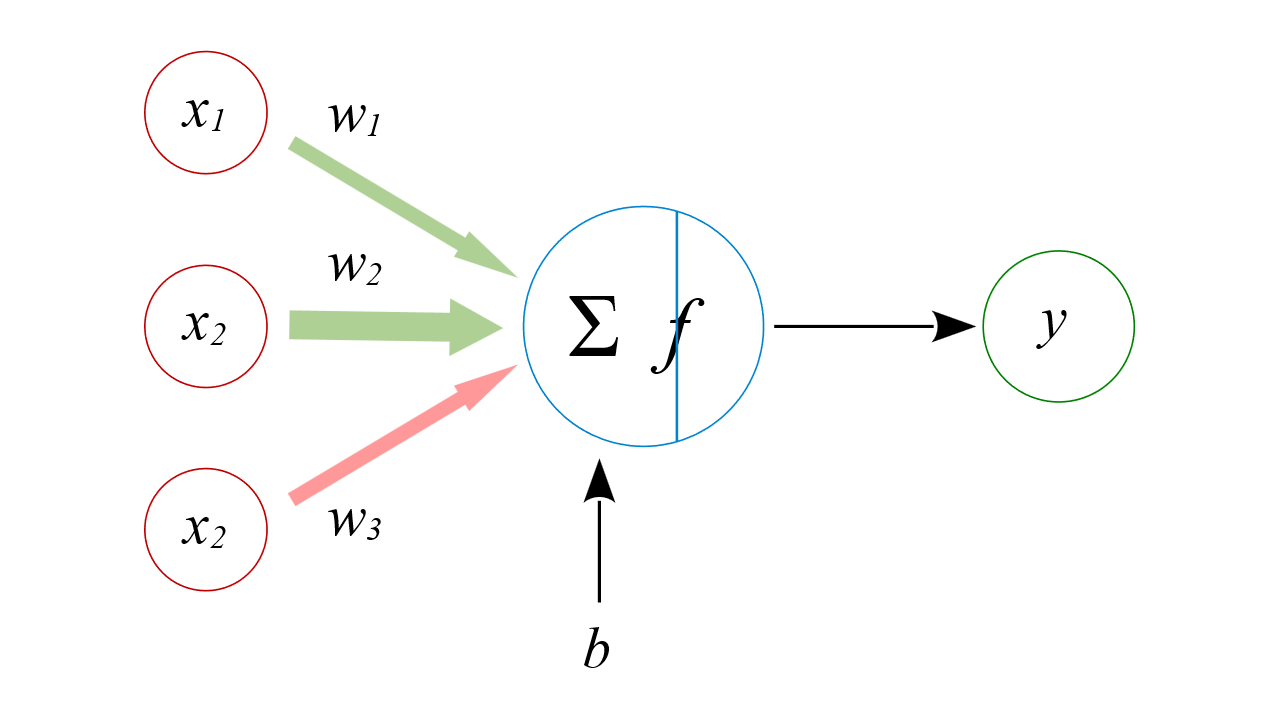
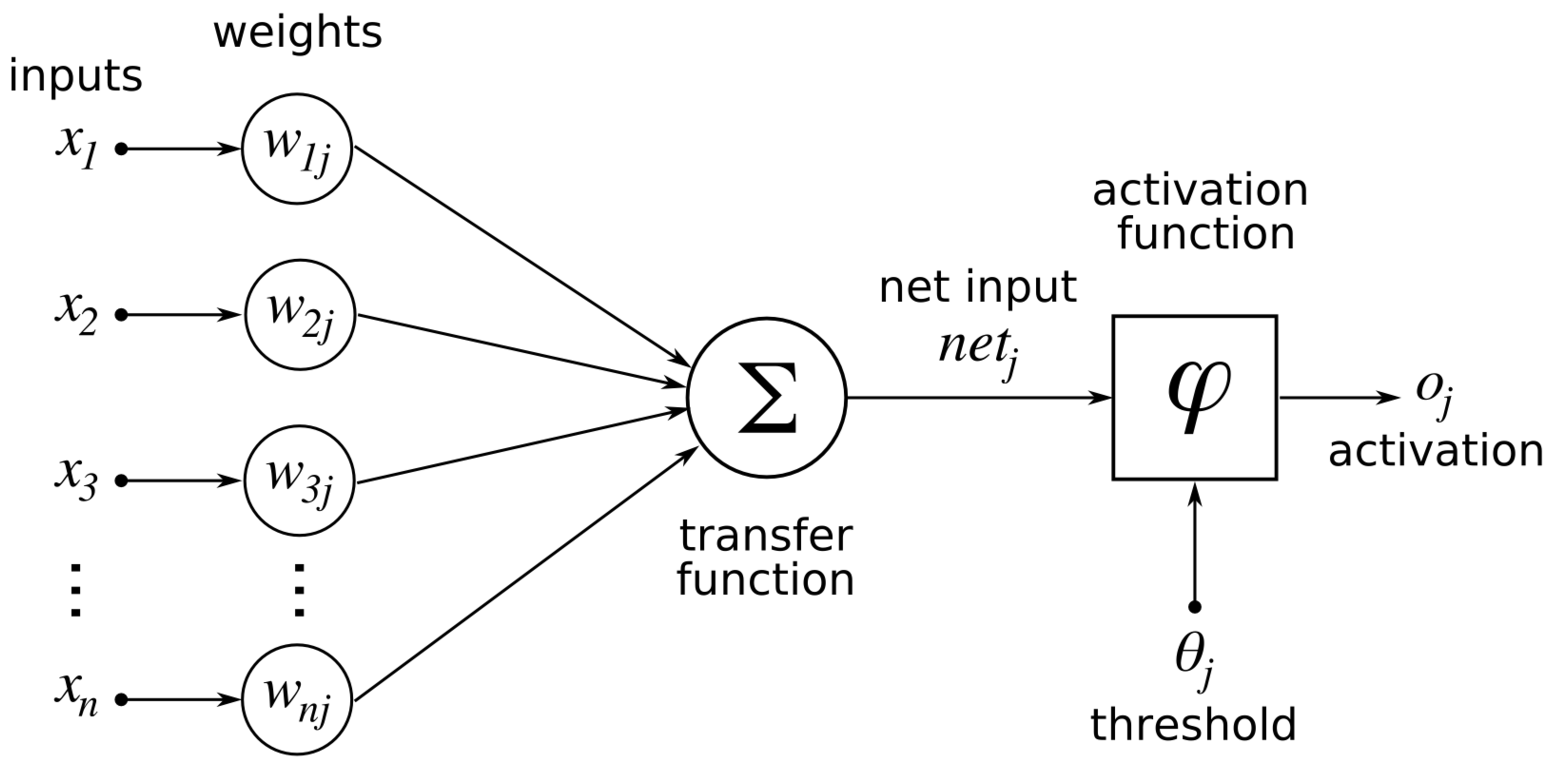
In artificial intelligence, especially in fields like machine learning, we use artificial 'neurons' as building blocks of networks. Each of these artificial neurons is a small unit of computation, designed to take in some numbers (data), perform simple calculations, and then pass an output to other neurons. When these artificial neurons are connected, they form a 'neural network' which helps AI learn patterns from data—like identifying objects in images or understanding spoken words.
Biological Brain
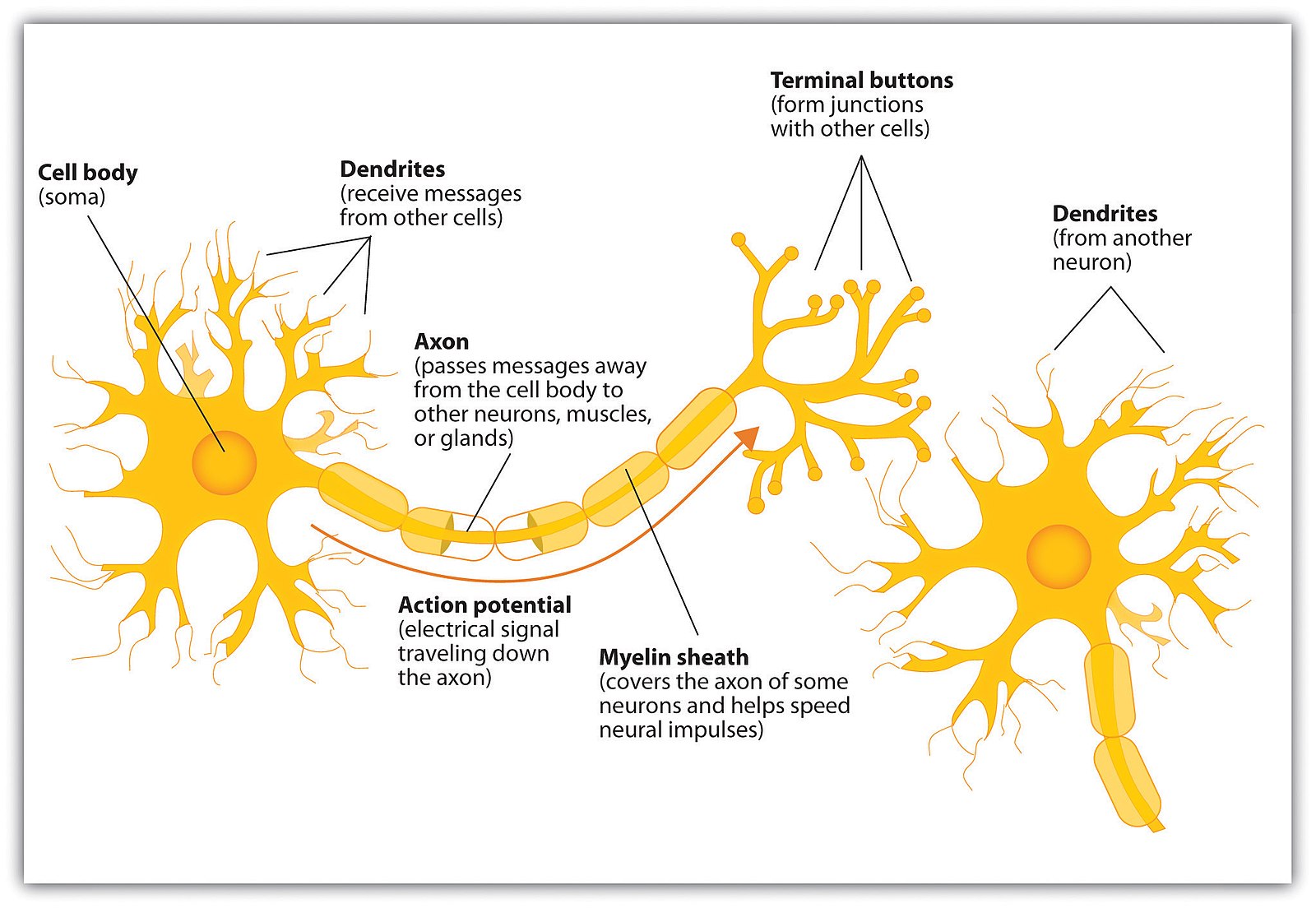
In the brain, neurons are specialized cells that communicate information through electrical and chemical signals. A neuron takes in signals from other neurons, processes these signals, and passes the information on. This is how our brain thinks, learns, and makes decisions. When we recognize a face, for example, neurons in different parts of the brain work together, each handling small bits of the task until we “know” who we’re seeing.
2. How do neurons talk to each other?
Curious about how your brain chats with itself? Let's simplify that!
Artificial Intelligence
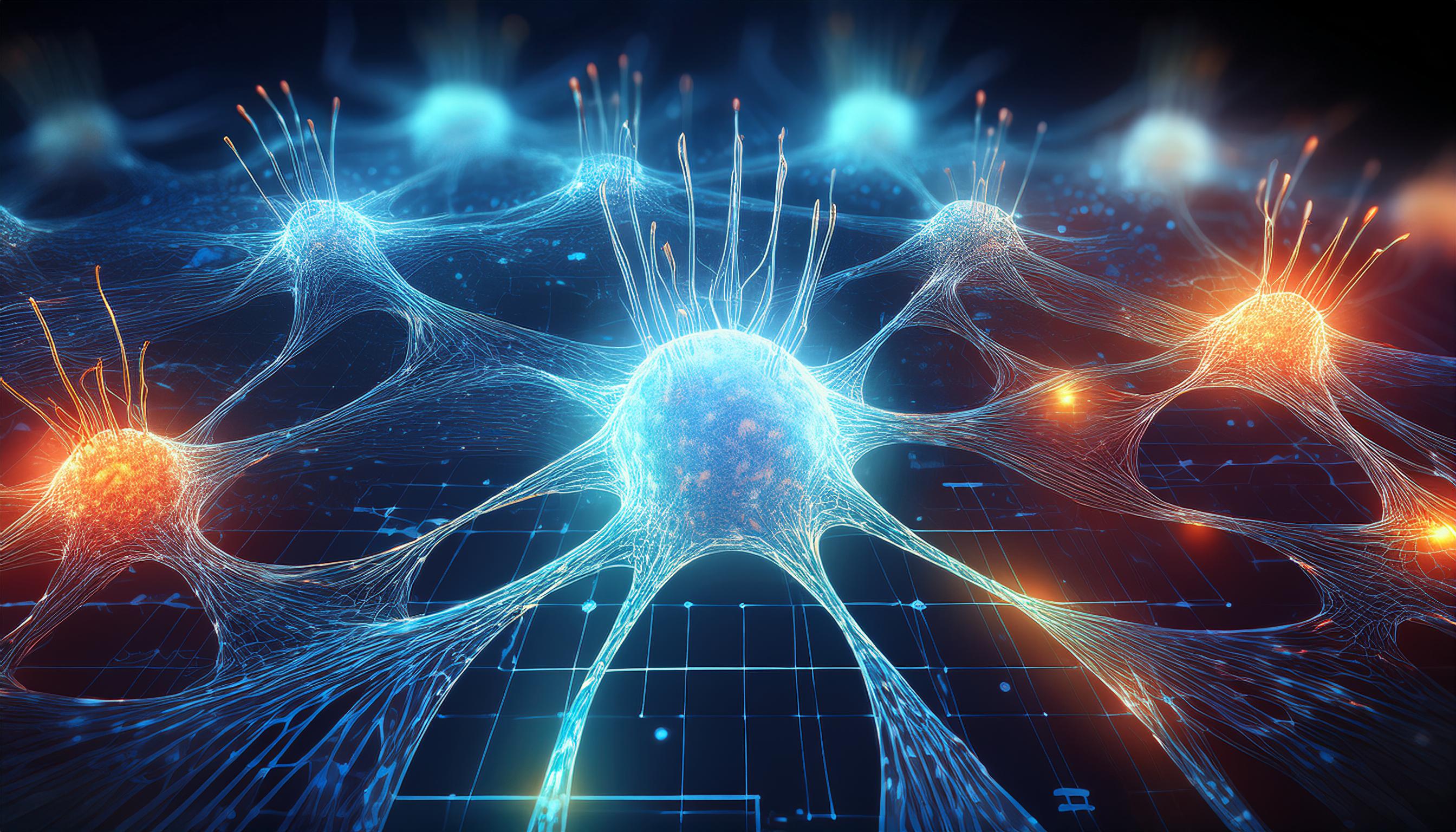
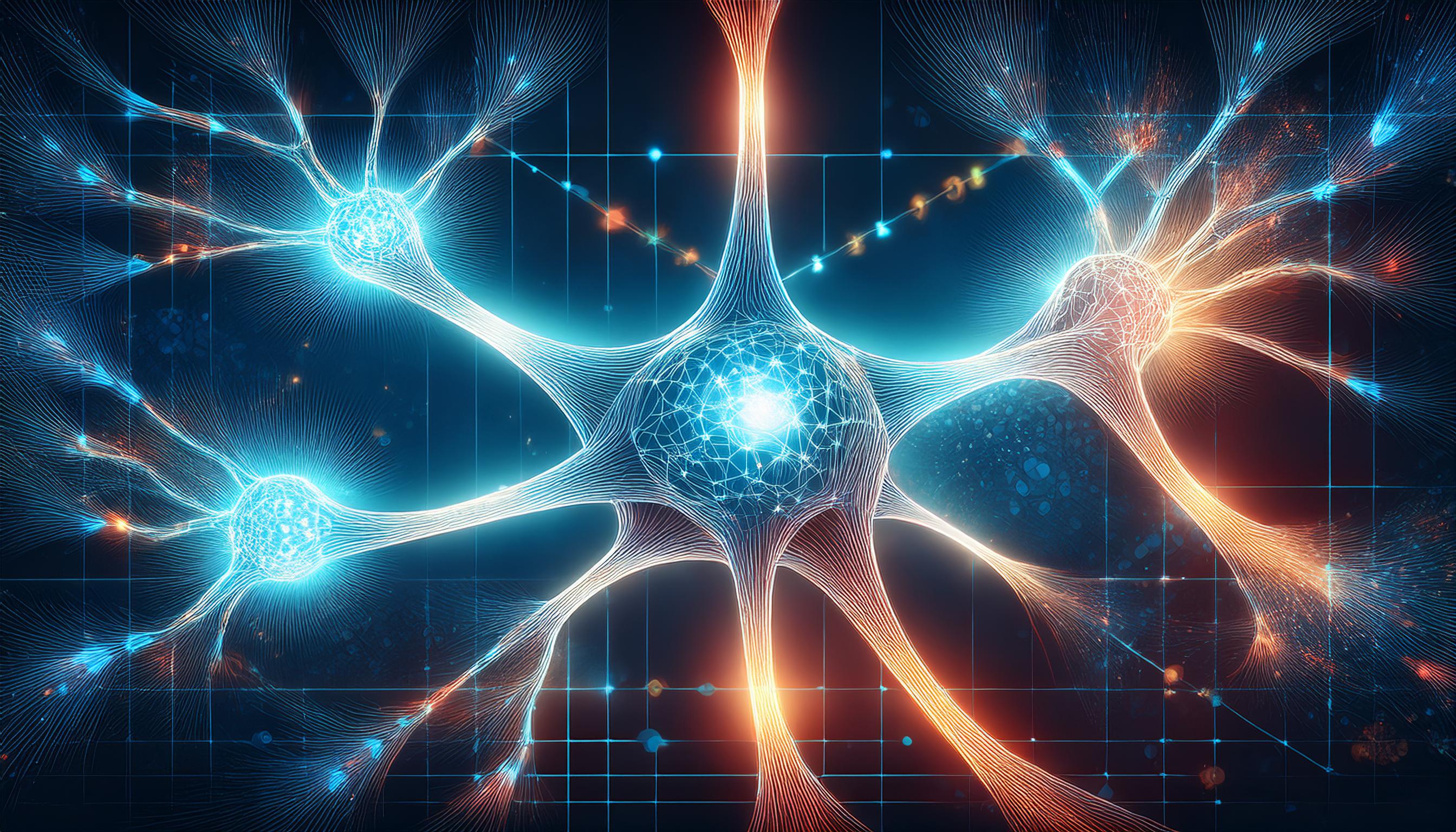
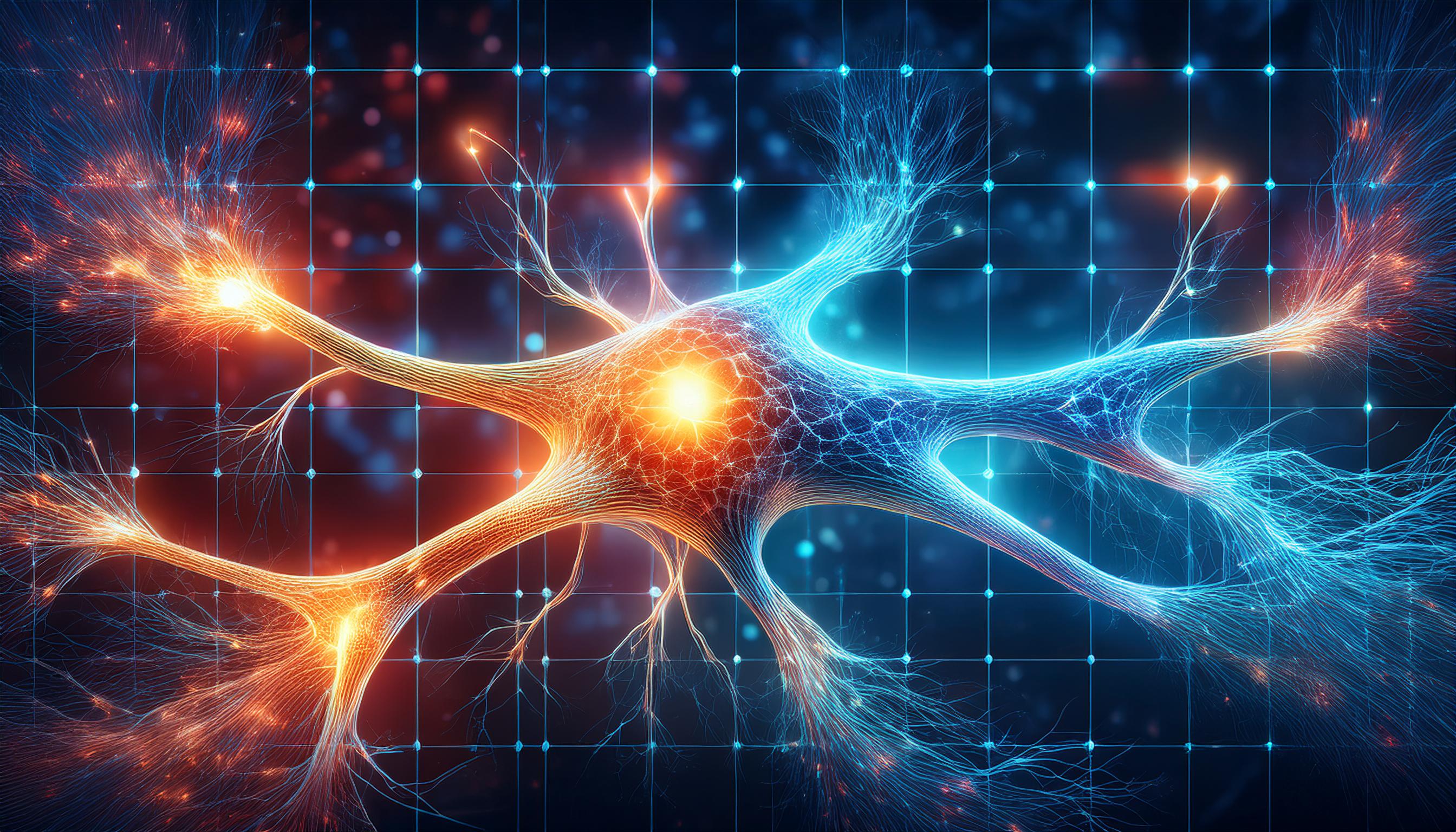
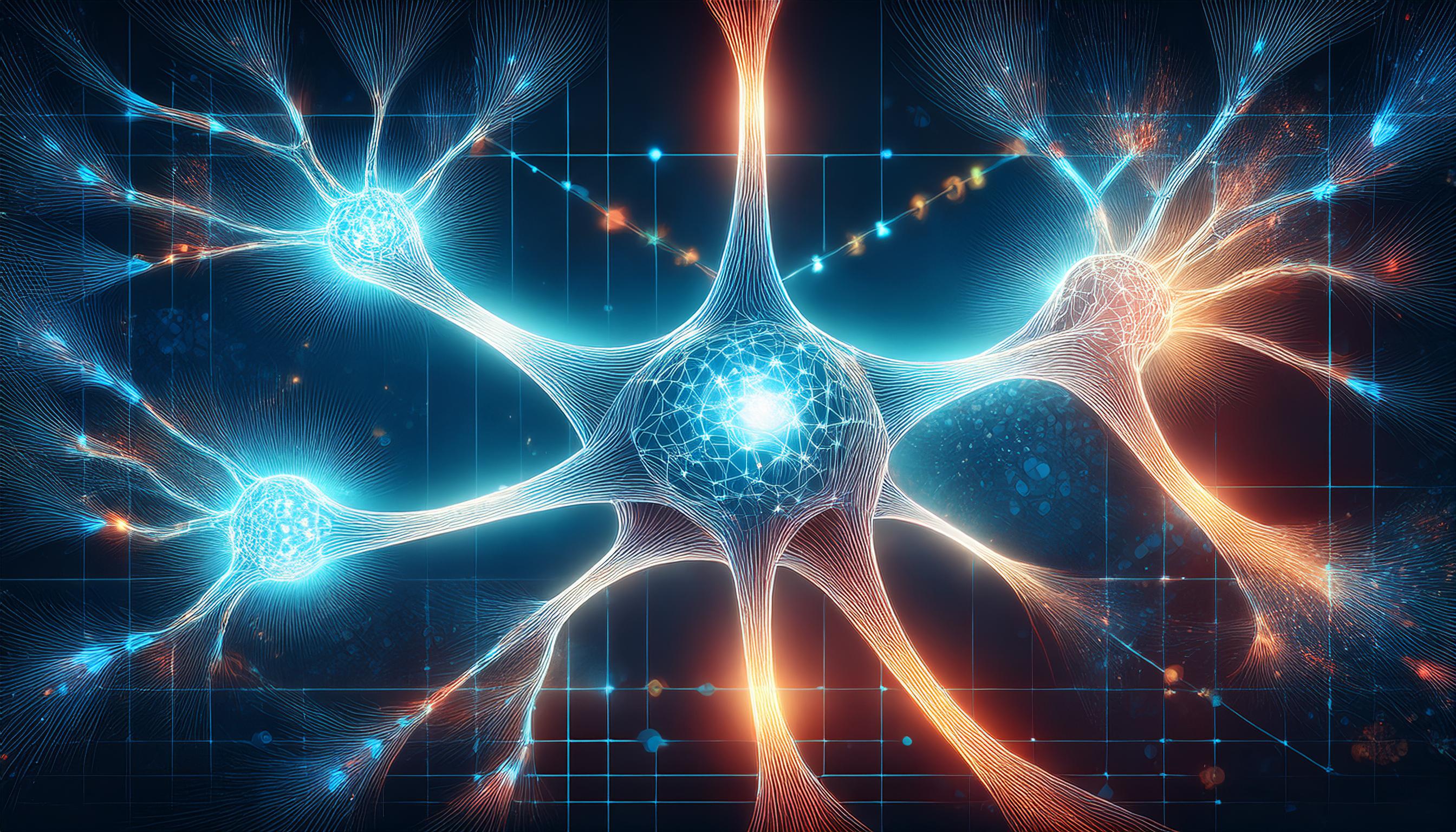
In AI, neurons talk to each other by sending numbers, or signals, through connections called weights. Each connection has a weight, which determines how strongly a signal is passed along. When an AI neuron receives signals, it combines them in a certain way, checks if they meet a certain threshold, and, if they do, it passes the signal on. This process repeats across the network, with each layer of neurons refining the information a bit more.
Biological Brain
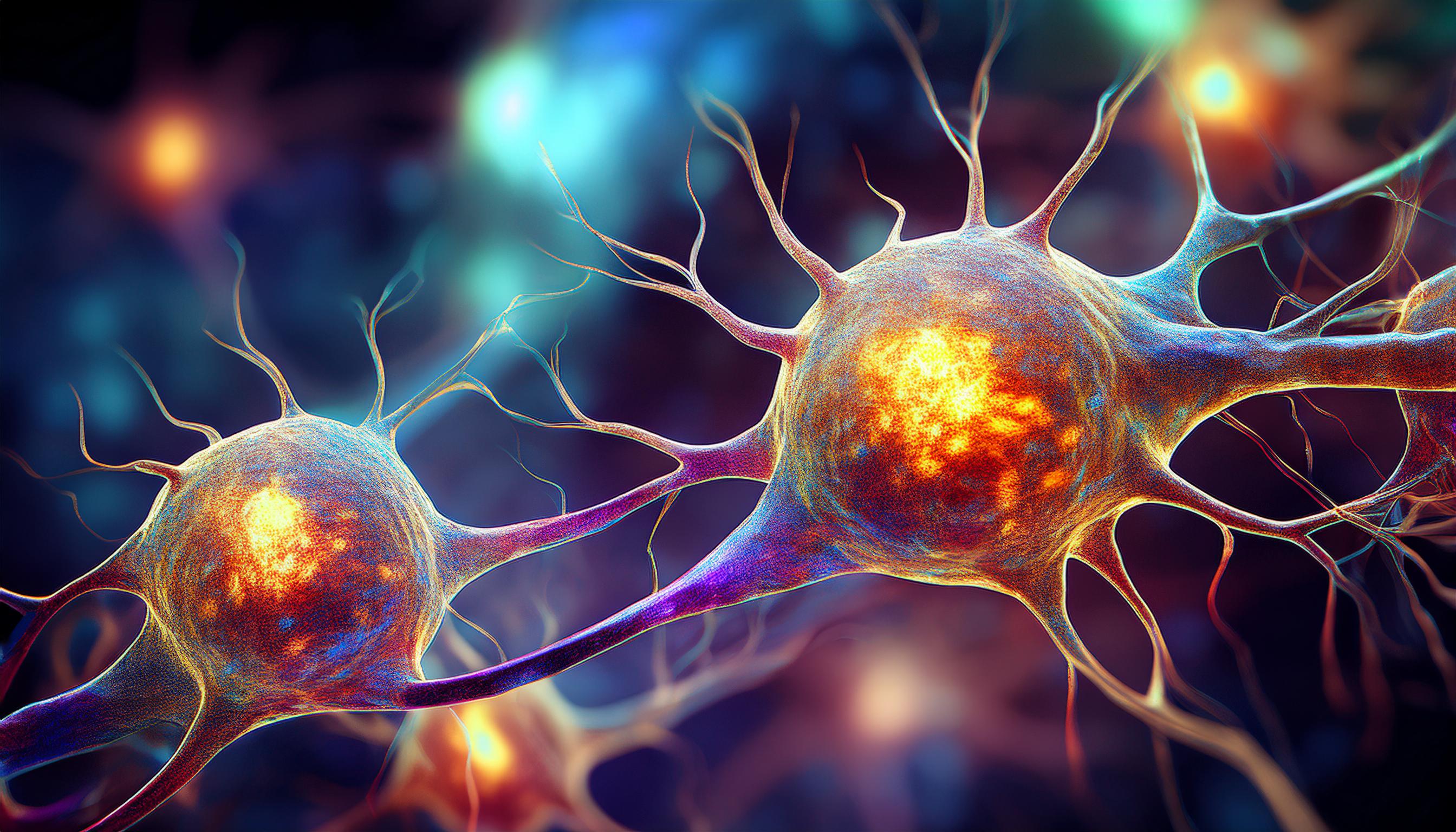
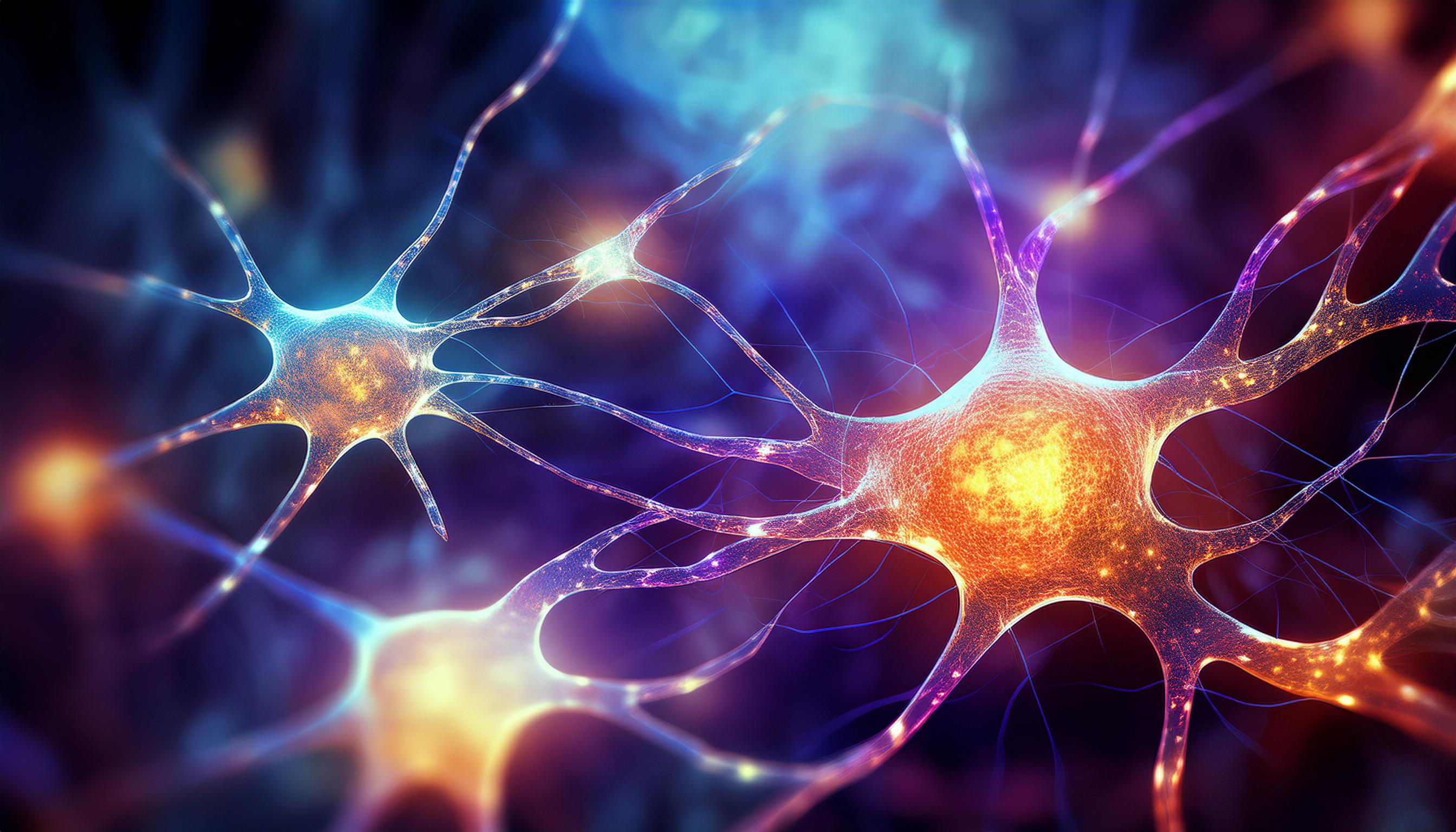
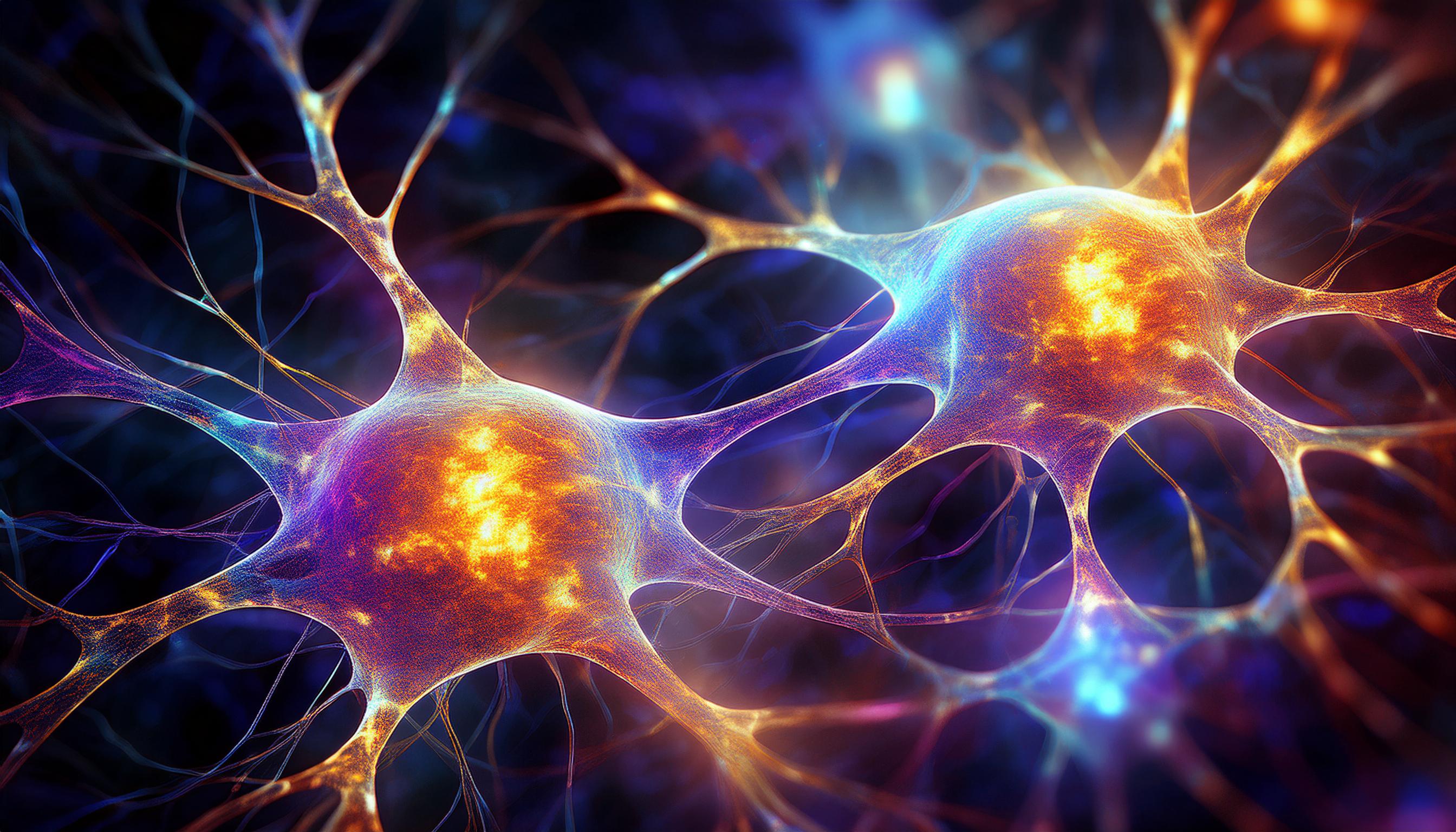

In the brain, neurons communicate through tiny chemical and electrical signals. When a neuron gets a signal, it can decide to send out its own signal to other neurons. This happens through connections called synapses. Each neuron has thousands of these tiny connections, allowing it to “talk” to many other neurons at once.
3. What happens when two neurons connect?
Neurons have friends too! Let's see how they connect.
Artificial Intelligence
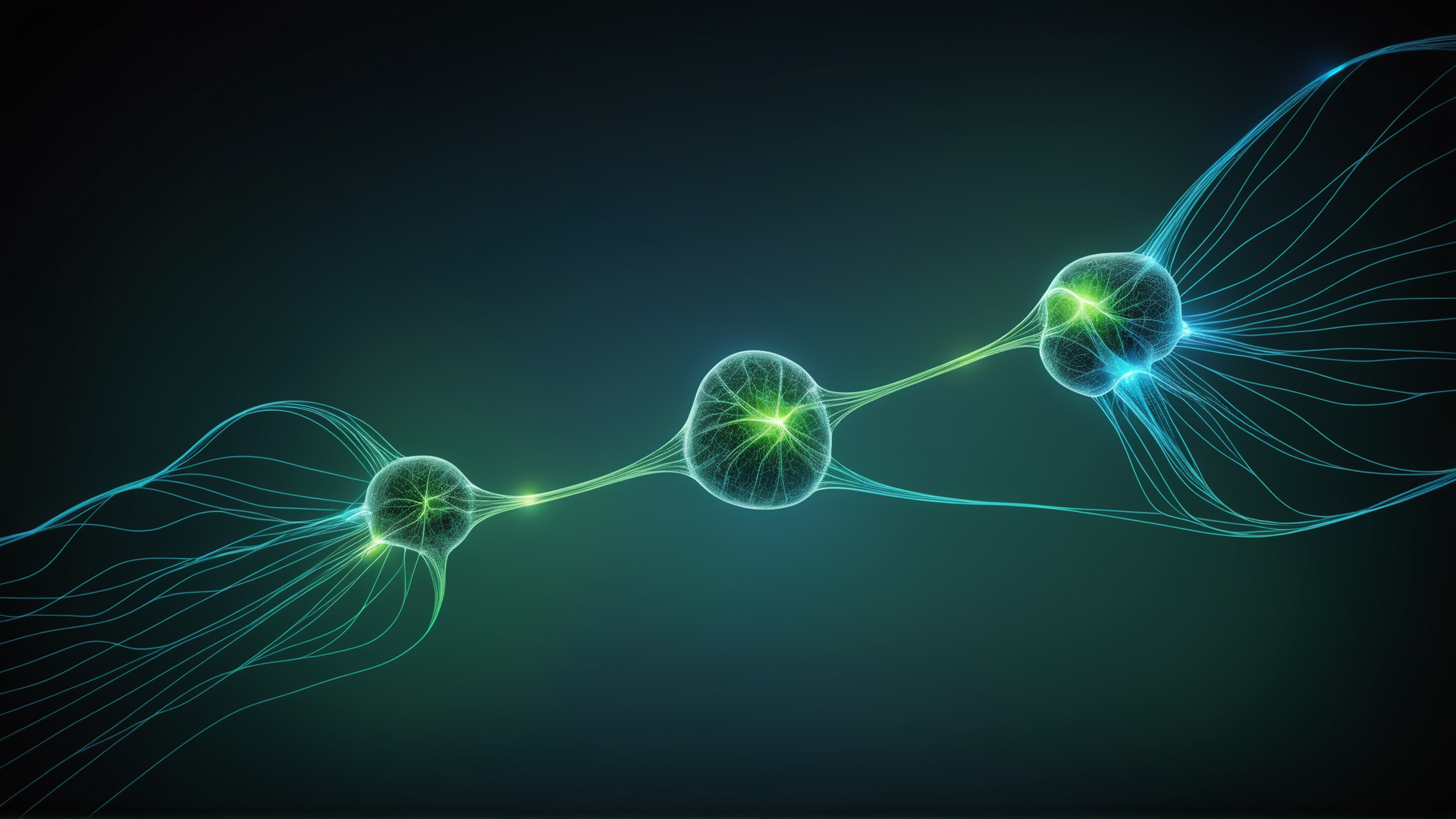
In artificial intelligence, two neurons connect through something called a weight. This weight controls how much influence one neuron has on the other. When one neuron activates, it sends a signal through this weight to the next neuron. If the weight is strong, the signal has a big effect; if it's weak, the effect is smaller. As the AI learns, it adjusts these weights, strengthening connections that are helpful for recognizing patterns and weakening those that aren't.
Biological Brain
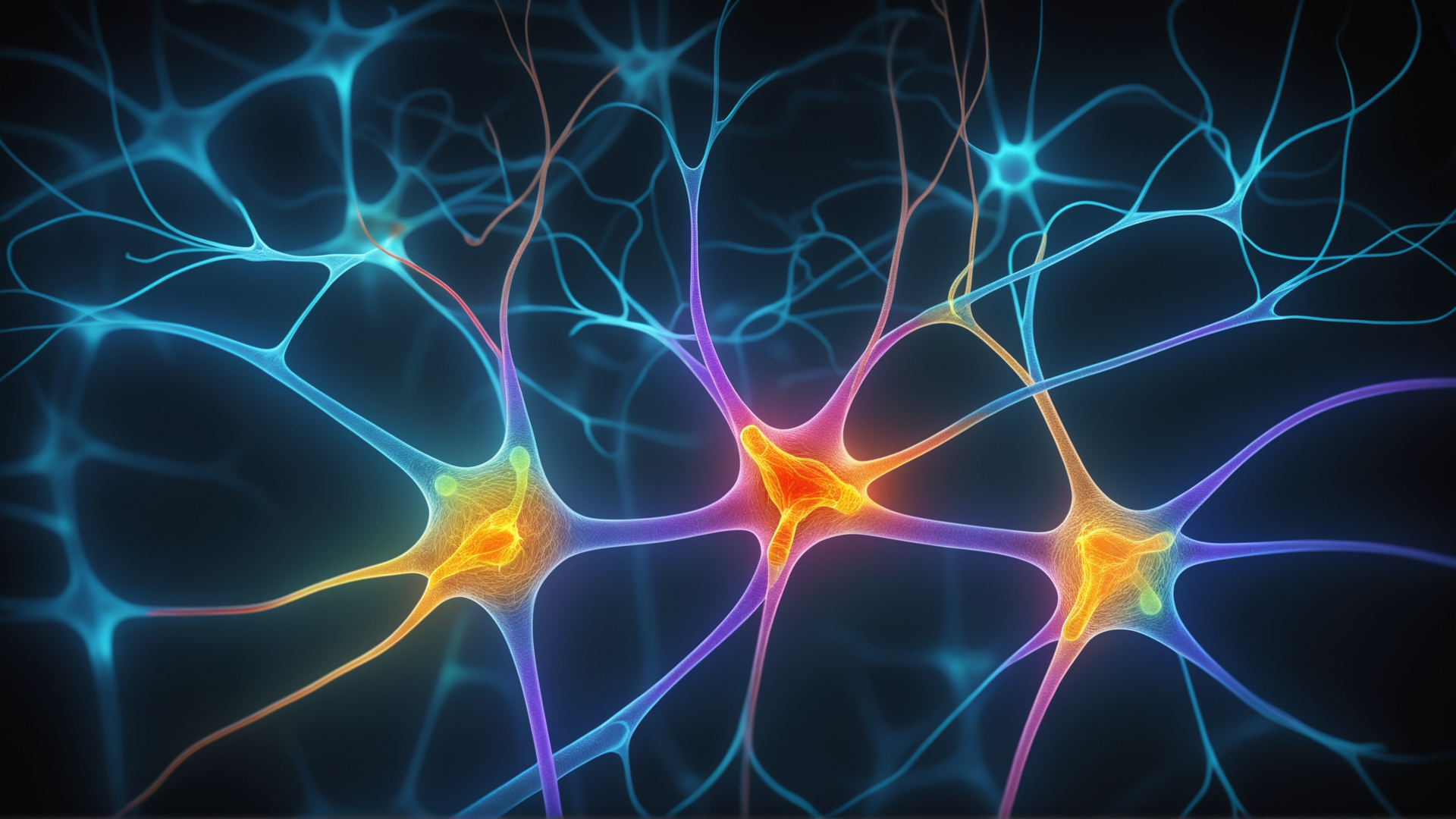
In the brain, when two neurons connect, they form a synapse. This is a tiny gap where one neuron can send a chemical signal to another. The strength of this connection can change over time: when we learn something new, the brain strengthens certain synapses to make those connections easier and faster. It's like how, the more often you talk to a friend, the closer you feel to them. In the same way, neurons “remember” important connections by strengthening them, helping us learn and remember.
Neural Network Visualizer
4. How do we learn new things?
Ever wonder how your brain learns? Let's uncover its secrets!
Artificial Intelligence
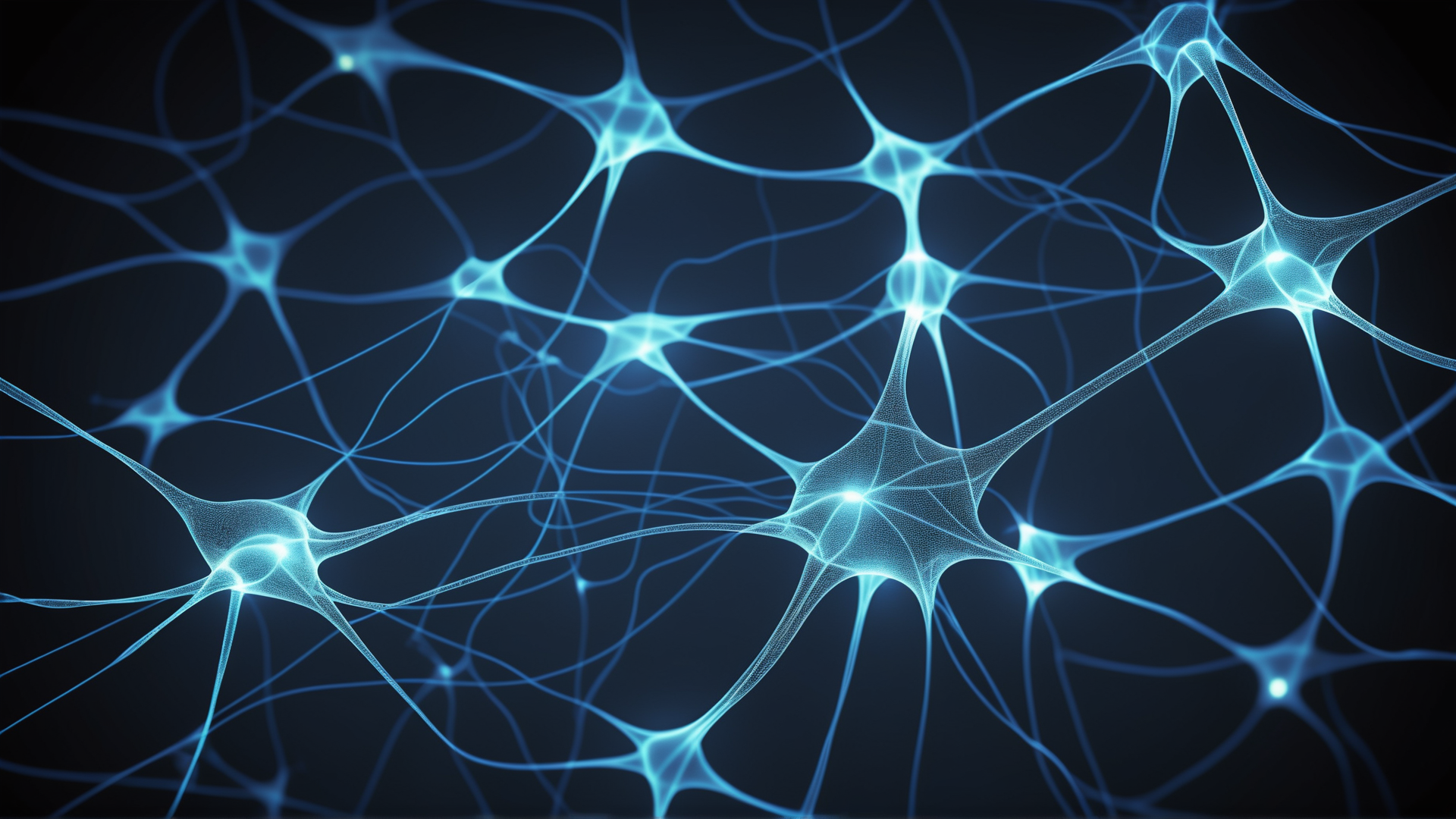
In AI, learning happens through a process called training, where the system is fed large amounts of data (like images, sounds, or text). The AI starts by making guesses based on the data, but initially, those guesses are often wrong. When the AI gets something wrong, it adjusts the connections between its neurons (called weights) to improve. This is done using an algorithm called backpropagation. Backpropagation helps the AI understand how far off its guess was and tells it how to adjust the weights so that the next guess is more accurate.
Biological Brain
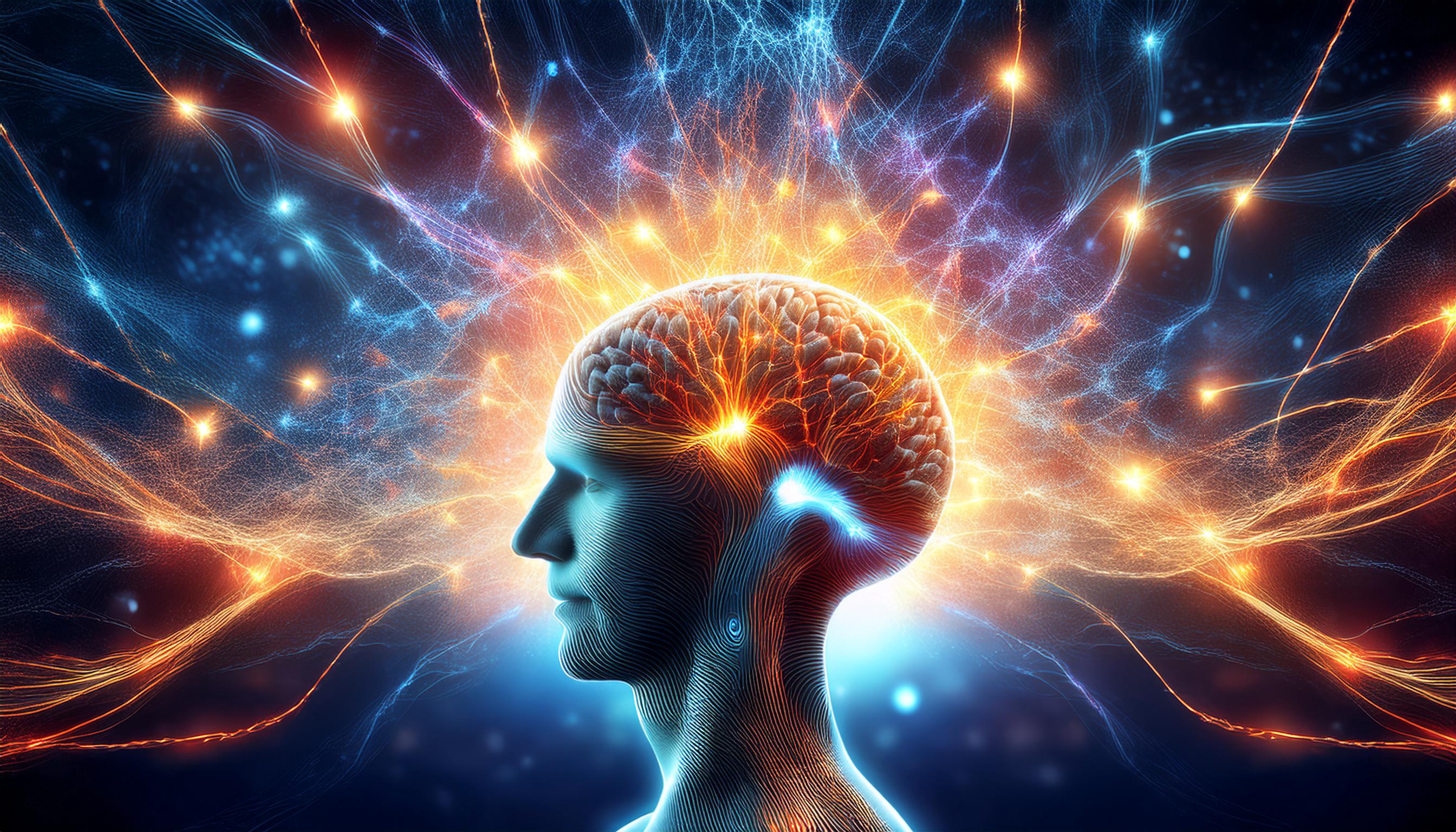
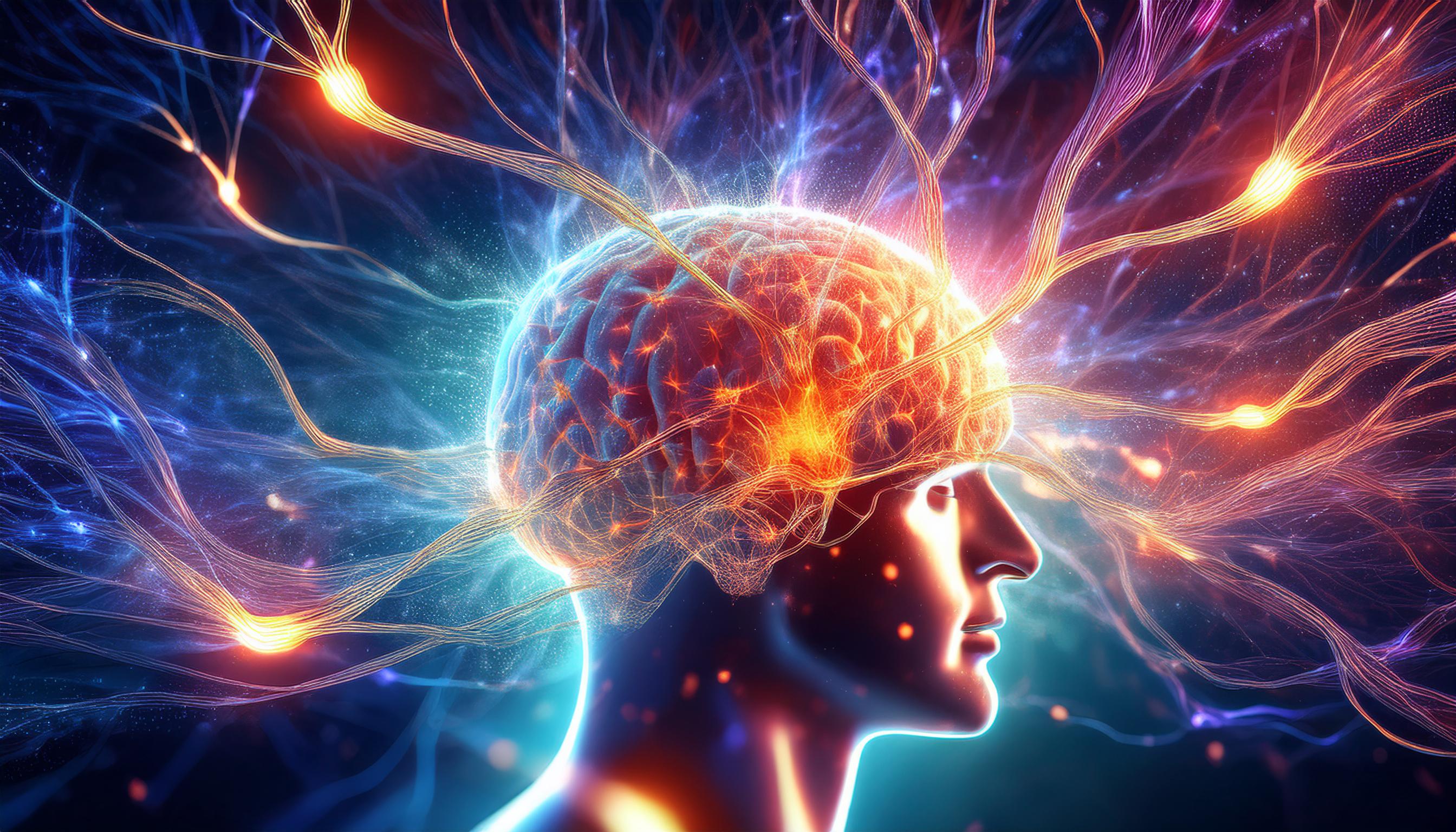
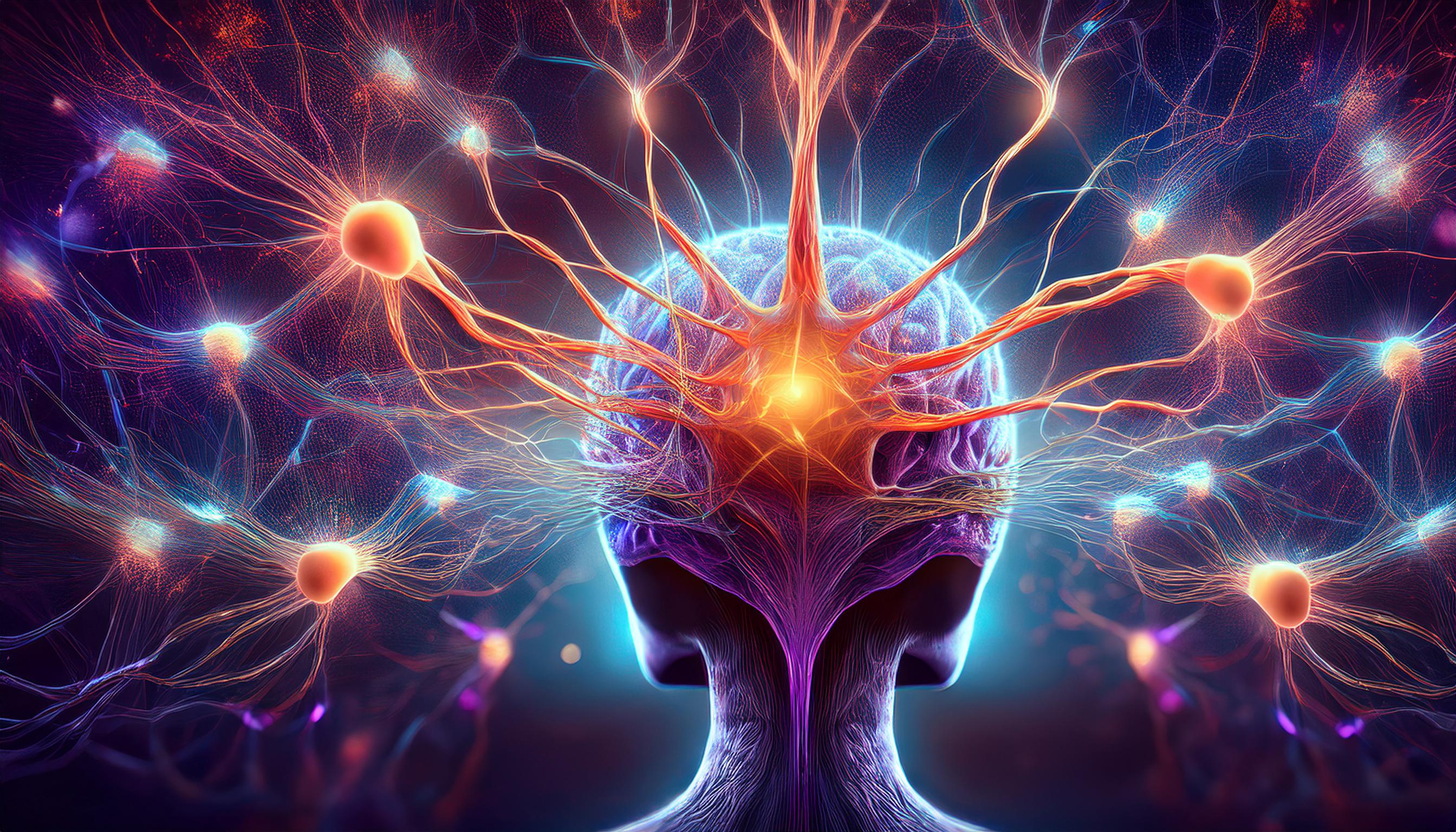
In the brain, learning happens when neurons change their connections. When we experience something new, our brain strengthens or creates new synapses (connections between neurons) to help us remember it. The more we practice or repeat something, the stronger these connections become, making it easier for us to recall or do things. This is called neuroplasticity—the brain's ability to reorganize itself by forming new connections.
5. How do neurons form layersin your brain?
The brain has layers like an onion—but way cooler! Let's dive in.
Artificial Intelligence
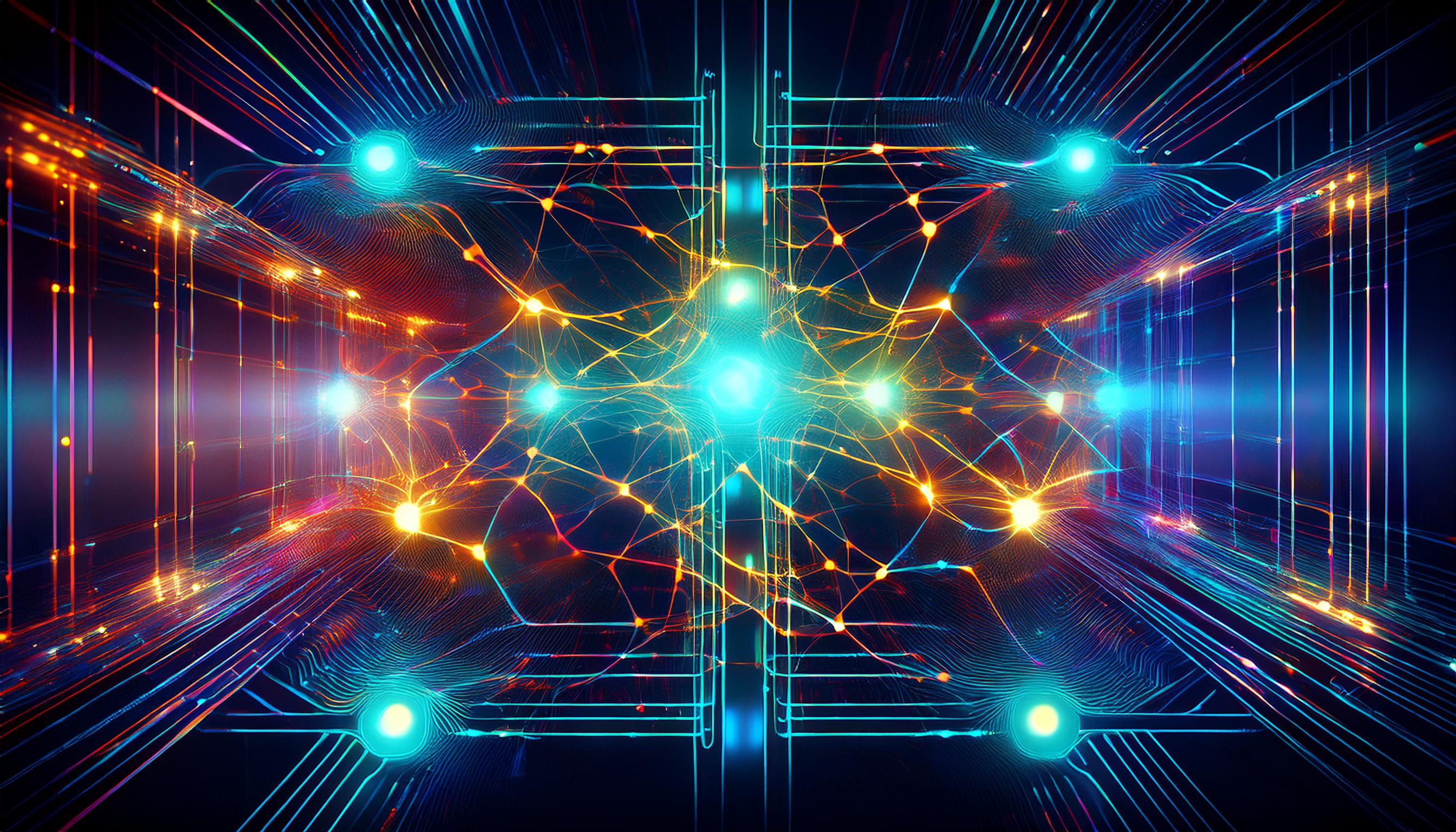
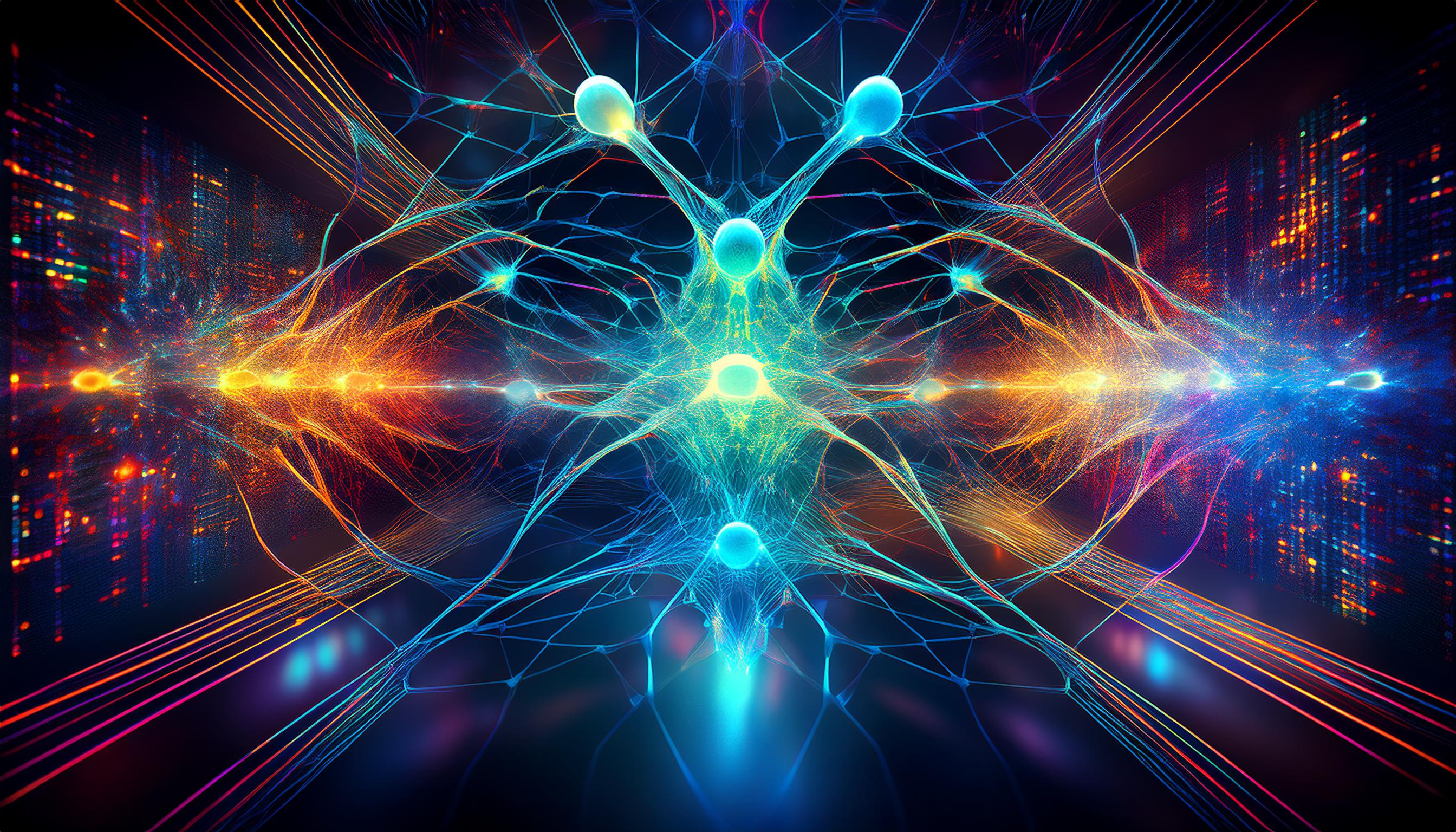
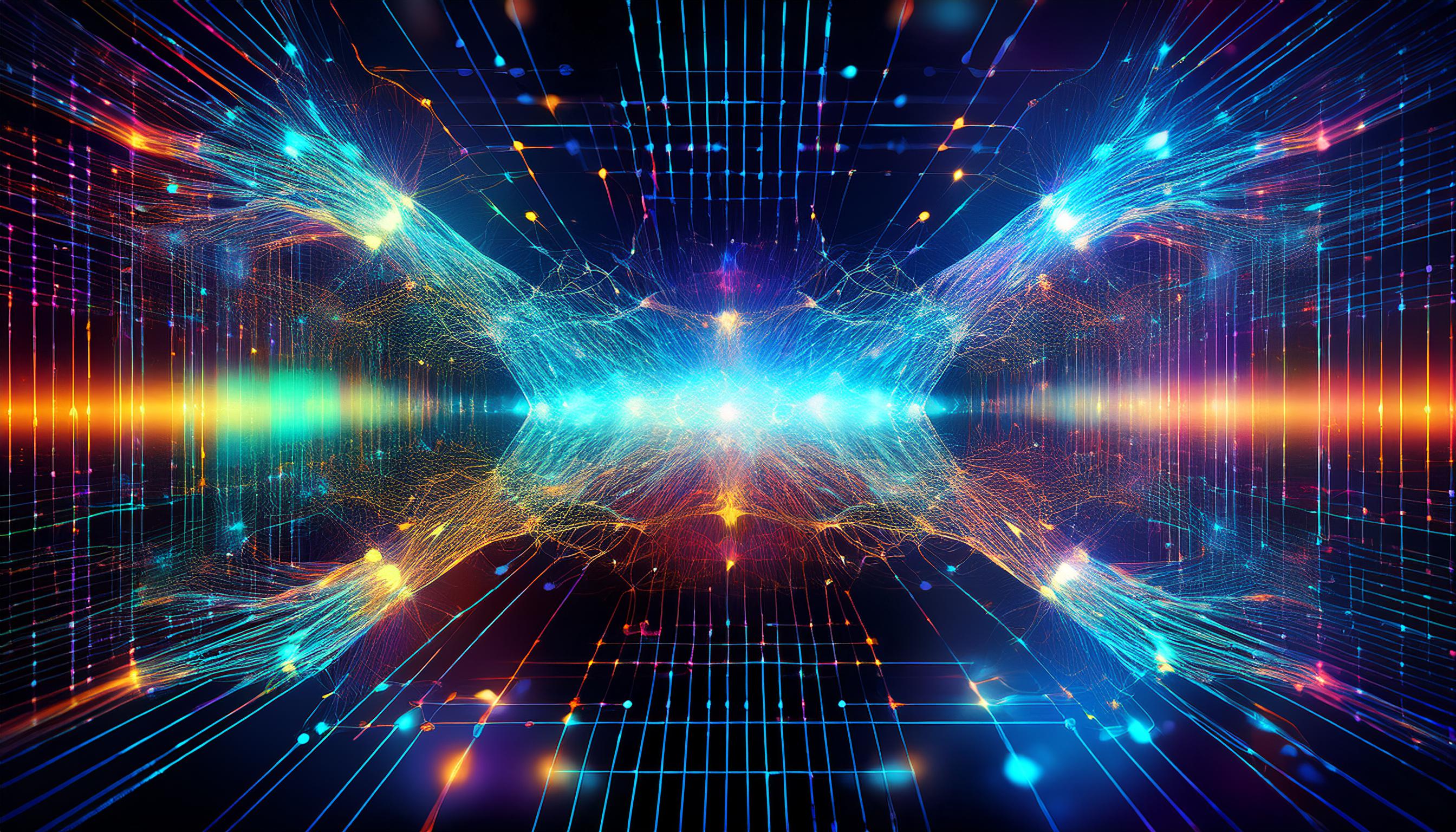
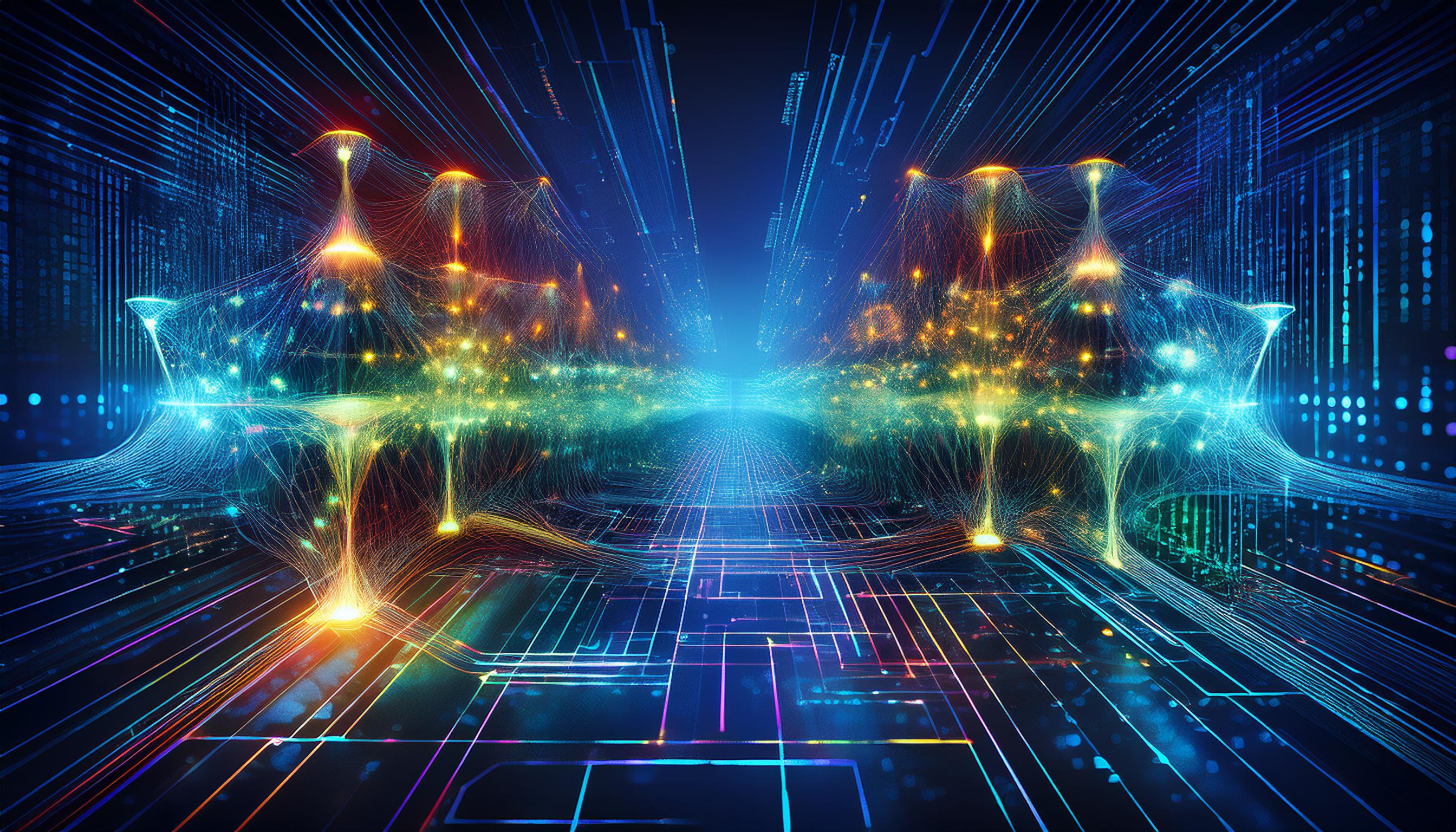
In artificial neural networks (ANNs), neurons are organized into layers. Each layer has a distinct role in processing information, and the connections between neurons help the system learn patterns from data. The first layer receives the raw input, such as pixel values from an image or word representations from text. As information moves through each layer, the network progressively extracts more complex features or patterns.
Biological Brain
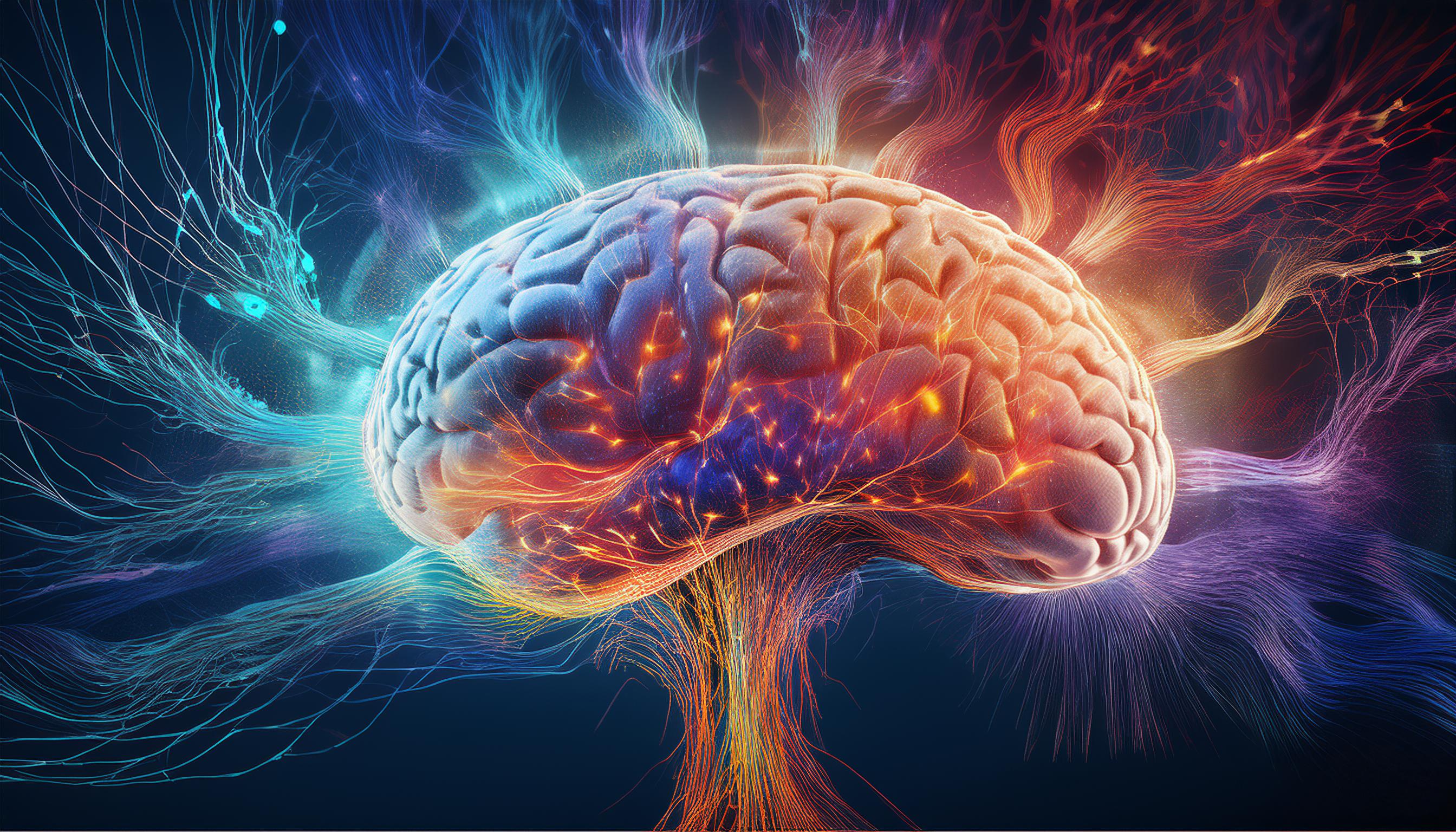
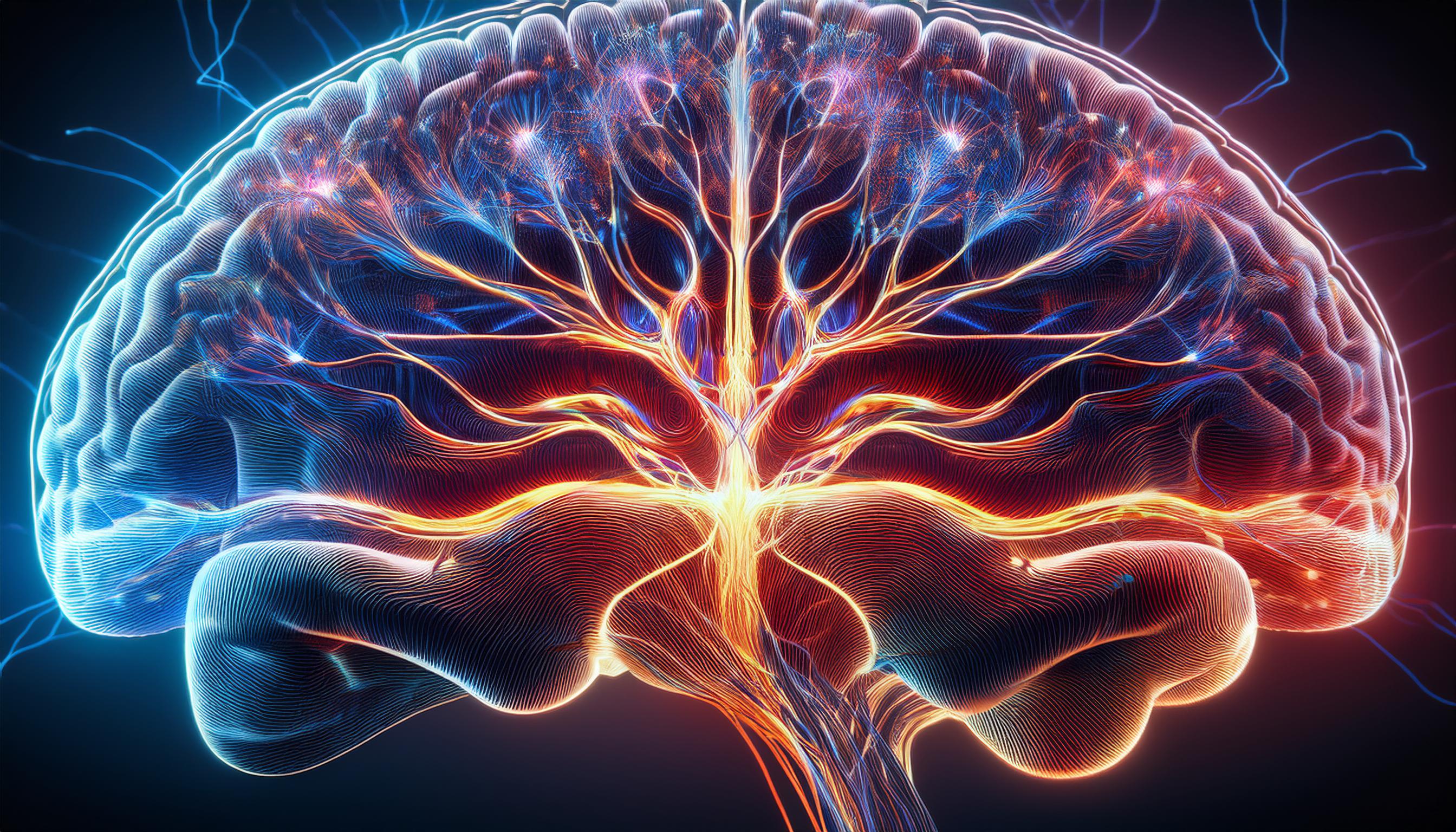
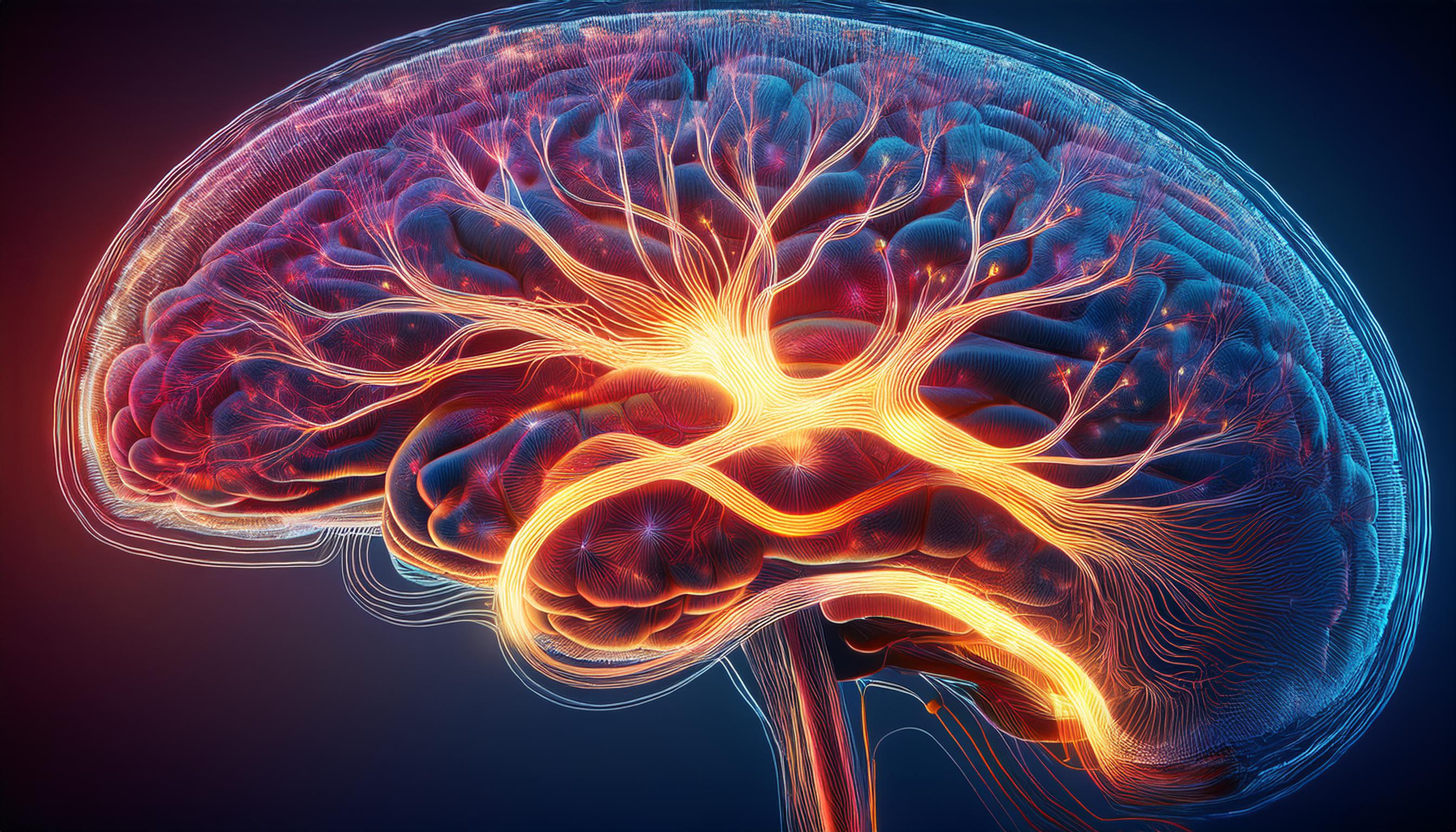
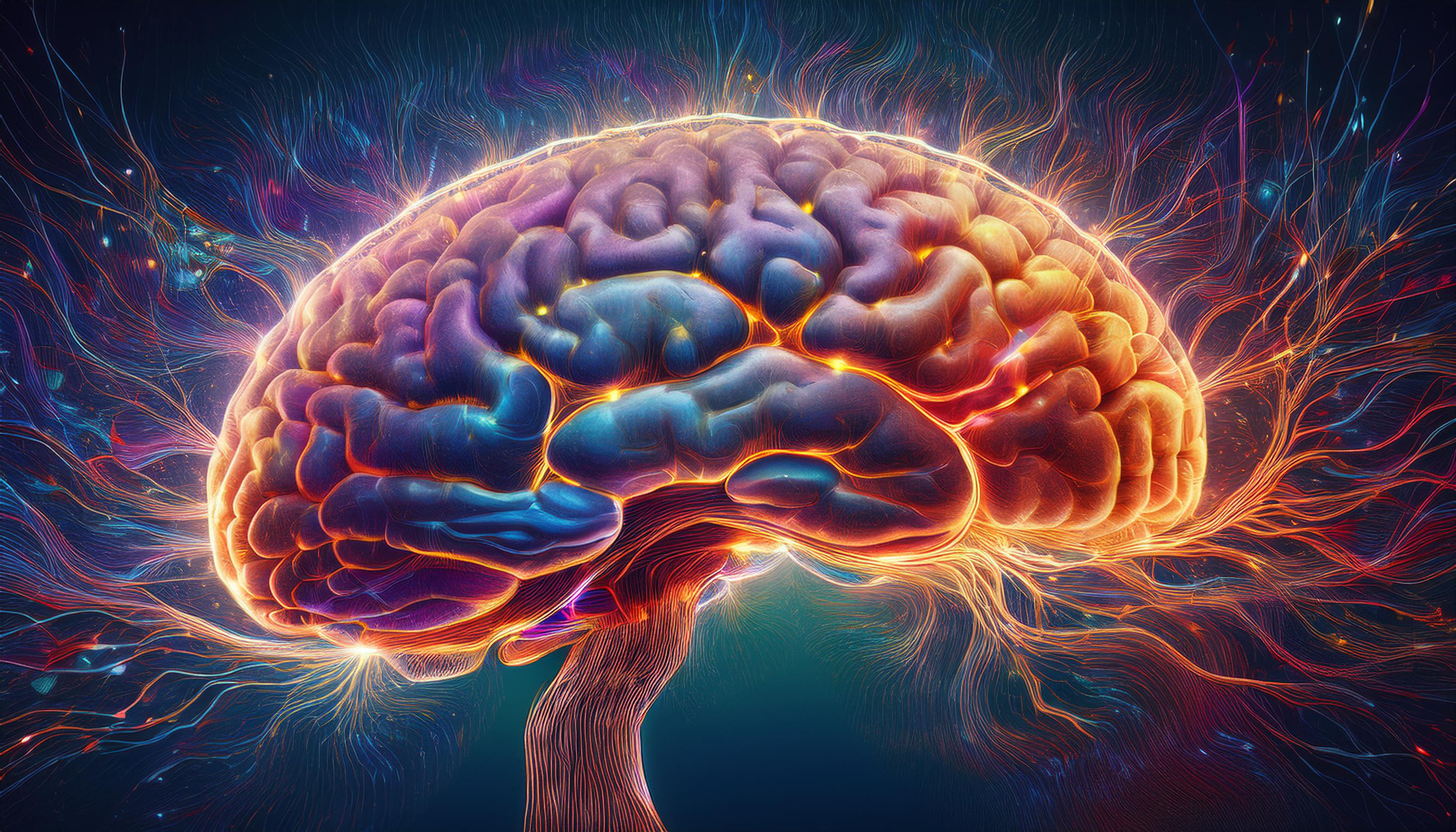
In the brain, neurons are also organized into layers, particularly in areas like the cortex. The cortex is the outer layer of the brain, and it's where most higher-level thinking happens. These layers are made up of different types of neurons, each doing a specific job. Some neurons process sensory information (like sight or touch), while others are responsible for thinking, decision-making, or memory.
How do neurons form layers in your brain?
"The brain has layers like an onion—but way cooler! Let’s dive in."
6. How do feedback loops help your brain improve?
Feedback makes us better—let’s see how it works in brains and AI!
Artificial Intelligence
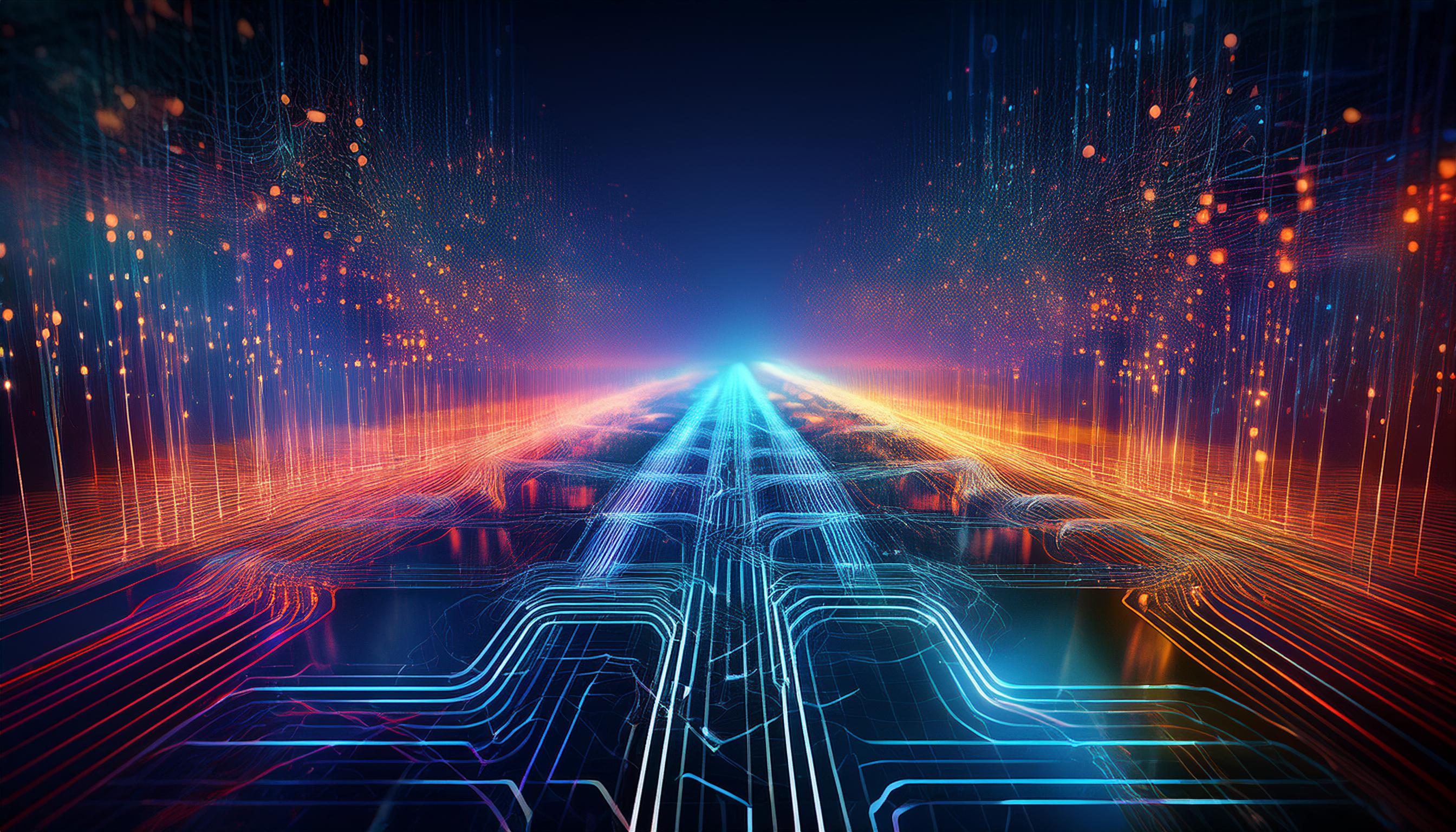
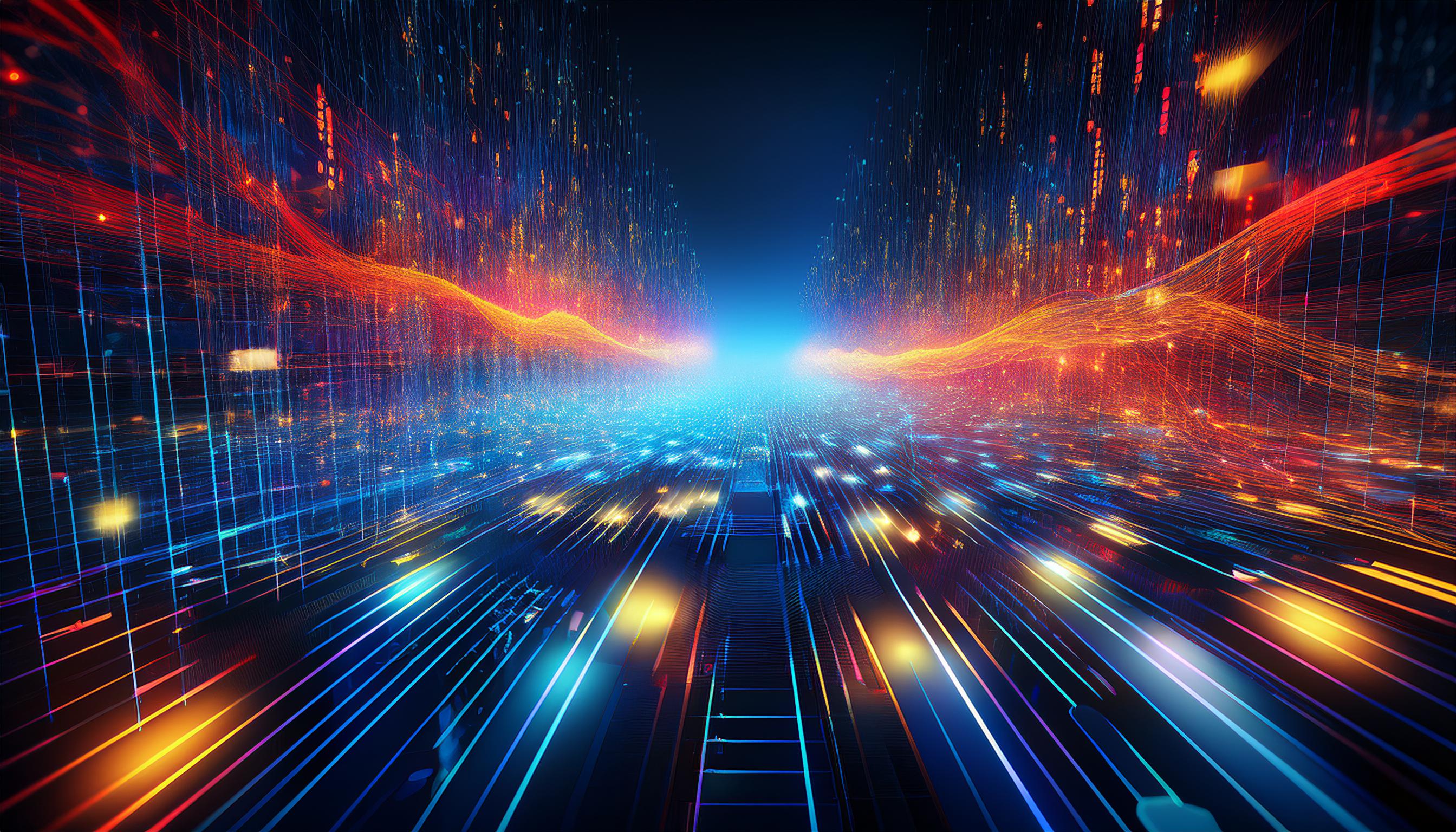

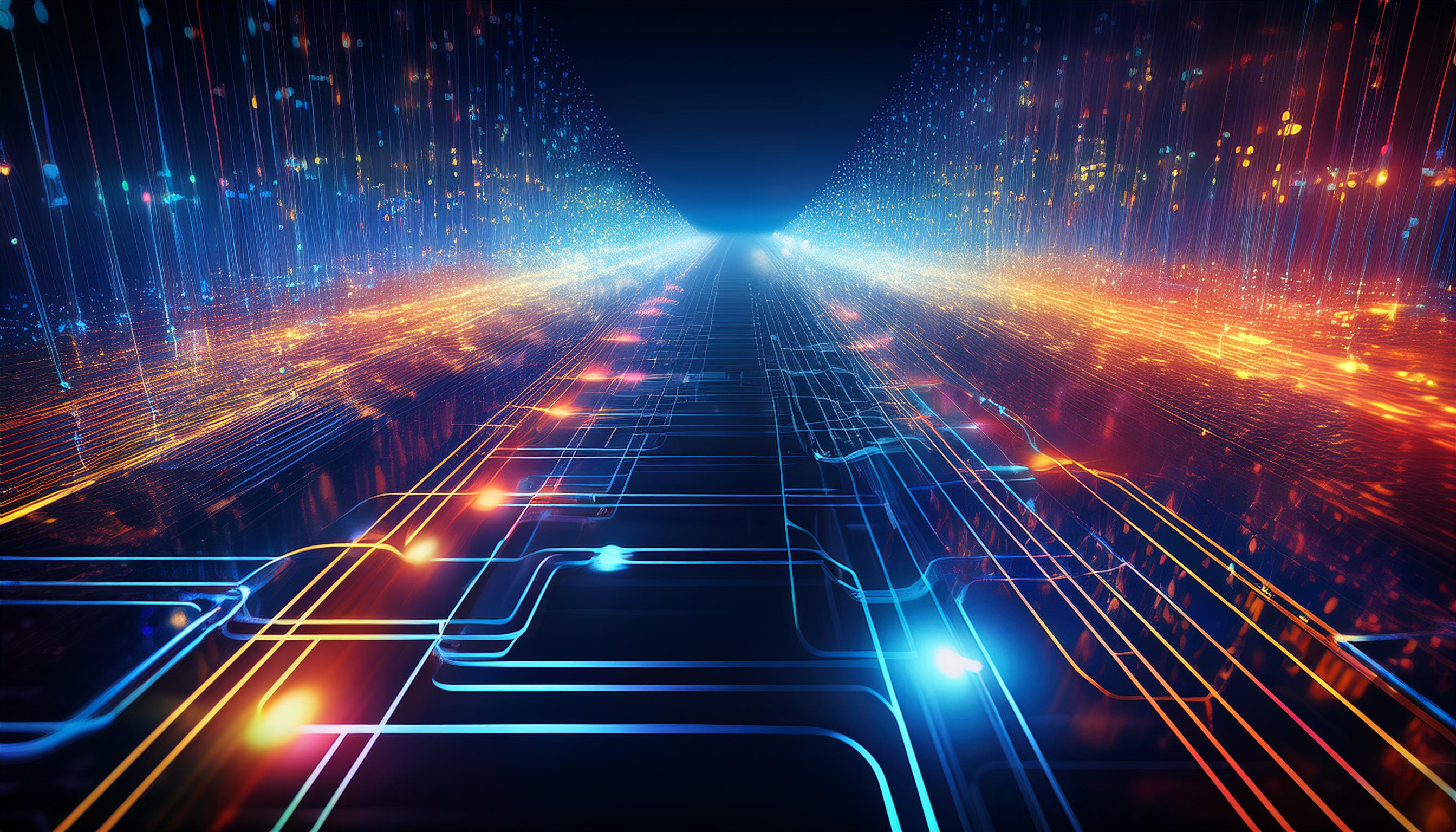
In AI, feedback loops are essential for learning. When an AI makes a prediction, it receives feedback about whether it was correct or wrong. If the prediction was wrong, the system adjusts its connections (called weights) between neurons to improve future predictions. This process is called backpropagation. It allows the AI to fine-tune its understanding and gradually get better at tasks like recognizing images or understanding language.
Biological Brain
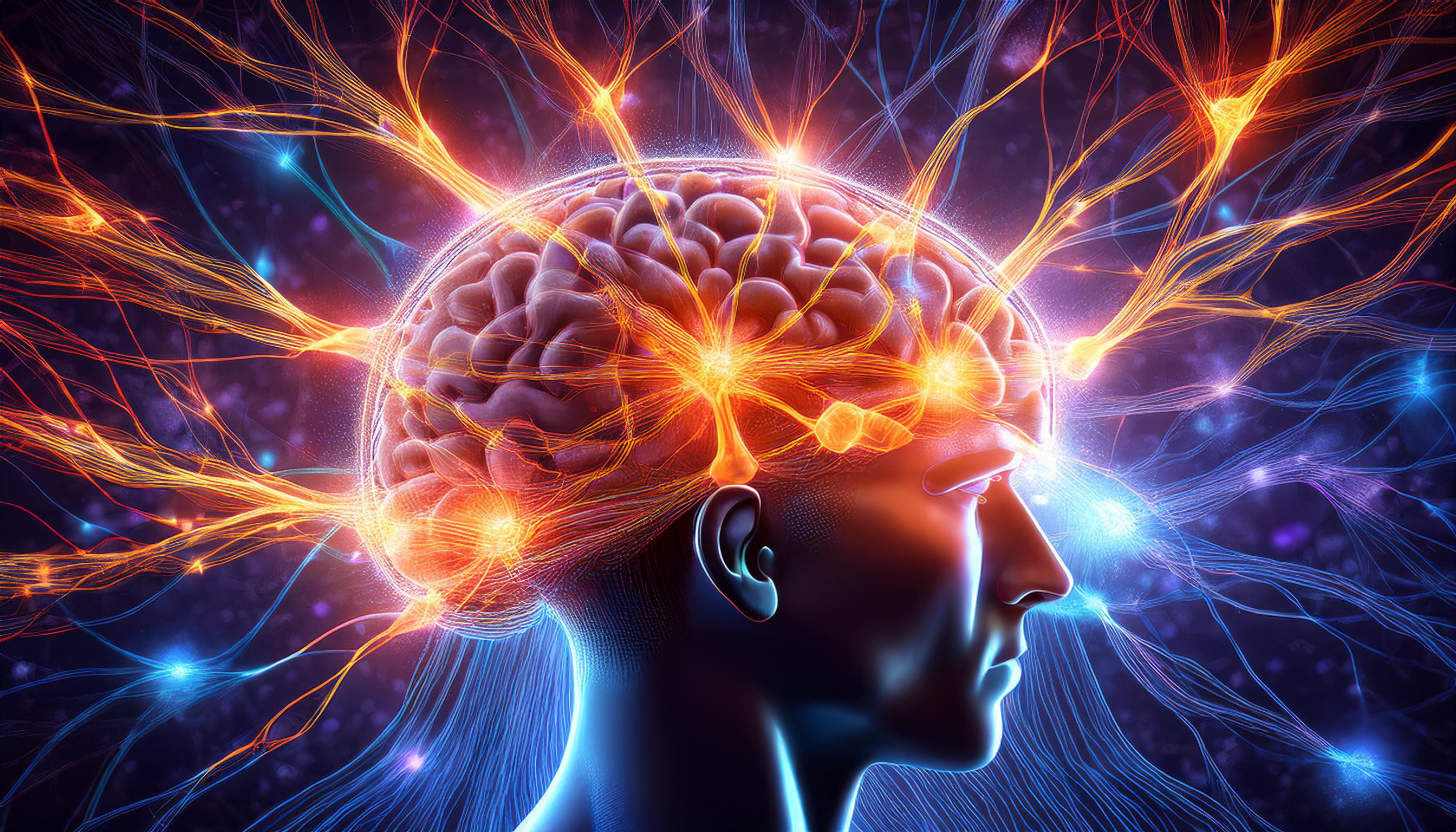
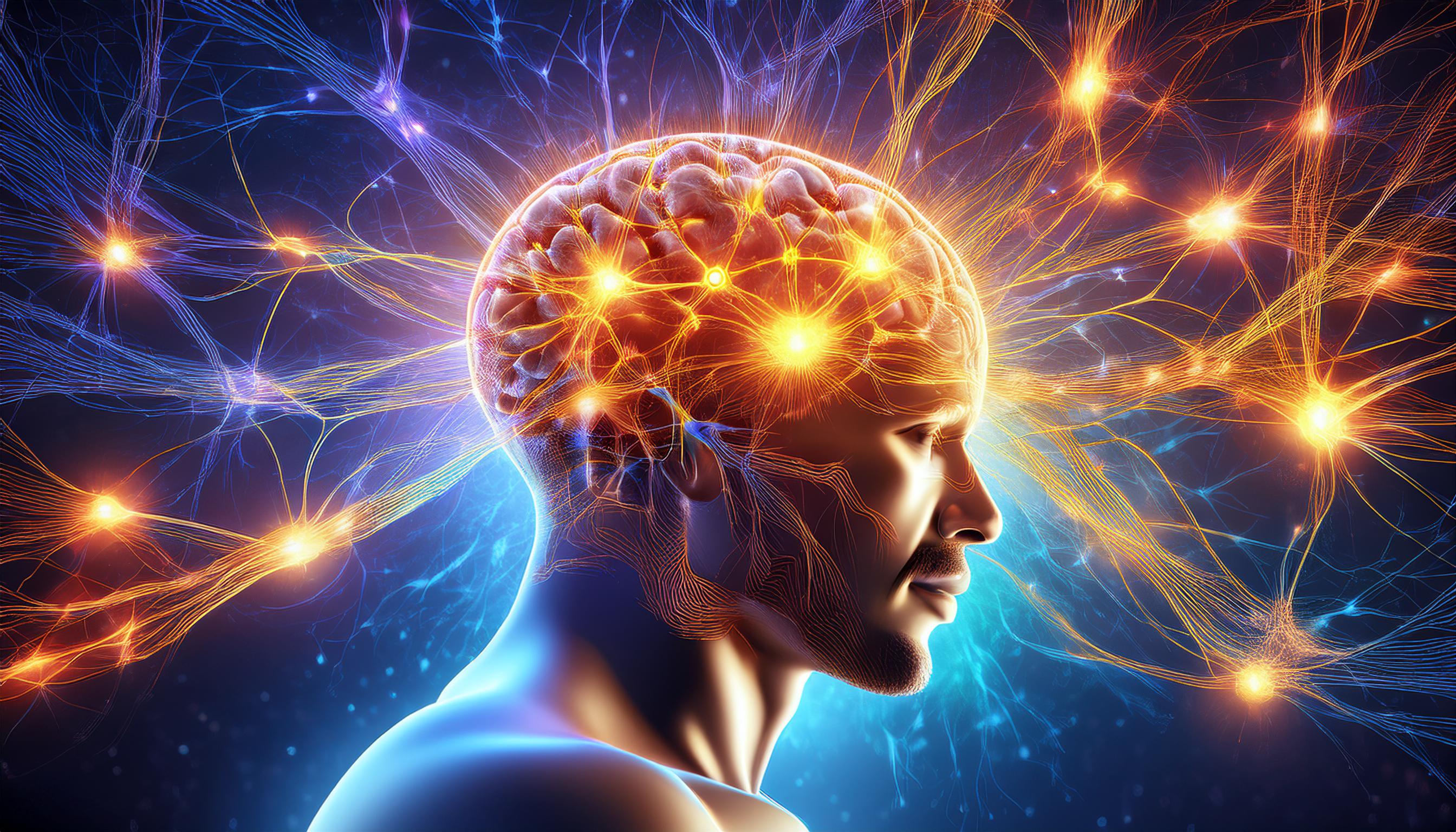
In the brain, feedback loops are how we learn from our experiences. When we do something (like solving a math problem), our brain checks if the result was correct. If it wasn’t, the brain adjusts its connections (synapses) to make it easier to get it right next time. This process of strengthening or weakening synapses based on feedback is called neuroplasticity. Over time, these feedback loops help the brain improve its performance, whether it’s learning a new skill or remembering information.
7. How does your brain apply past knowledge to new situations?
Learning from the past helps us solve new problems—let’s explore how!
Artificial Intelligence
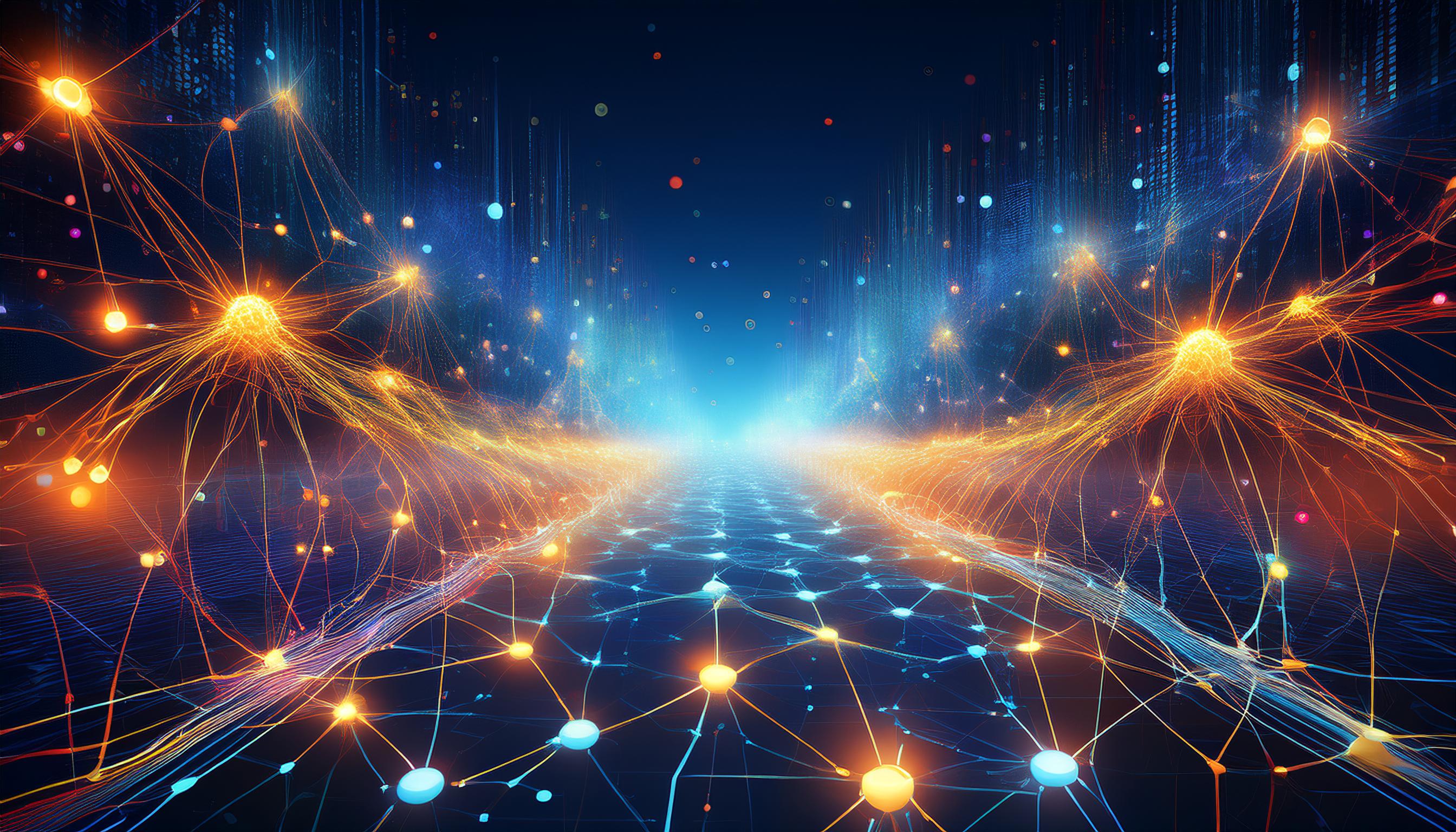

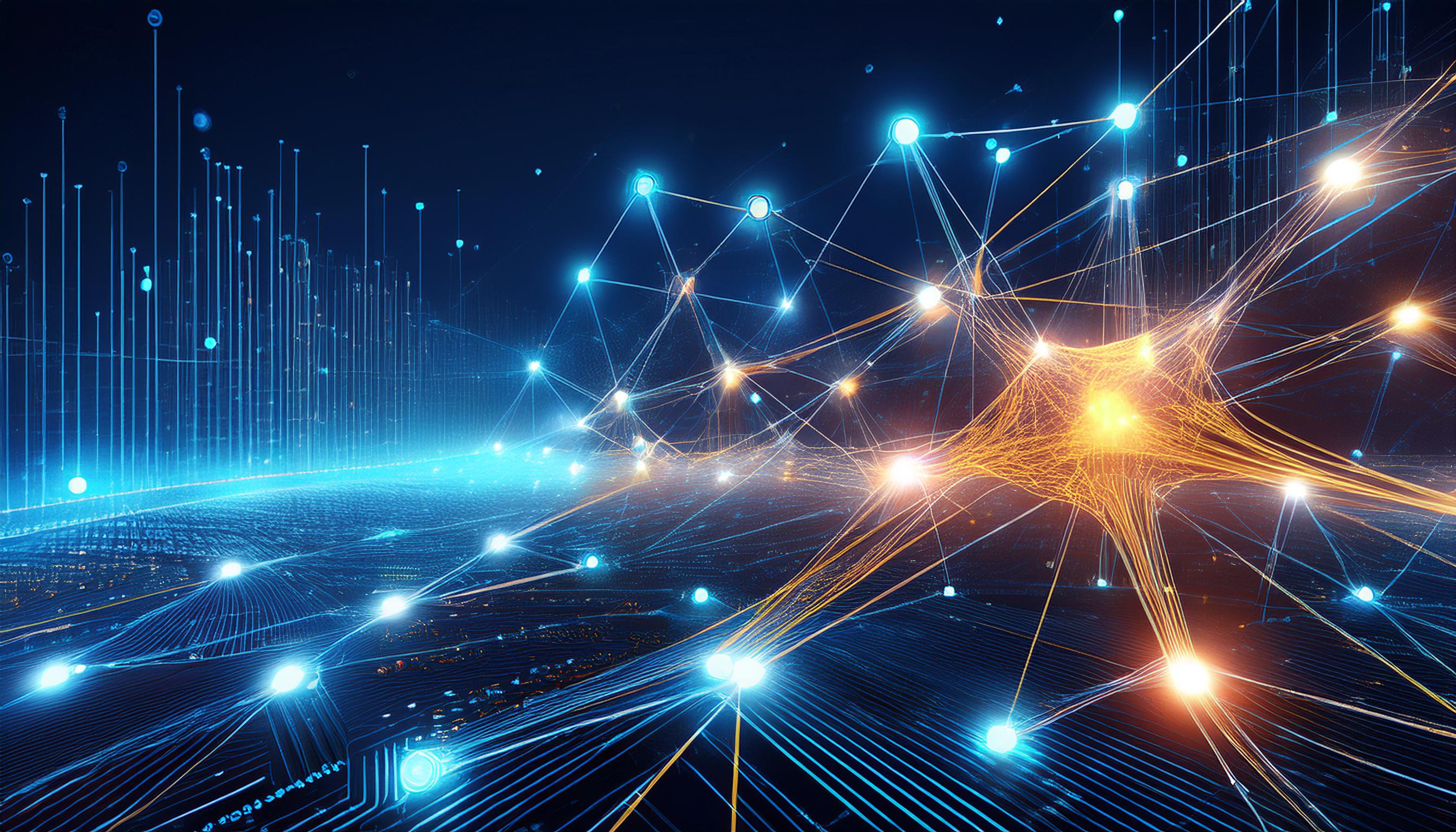
In AI, the ability to apply past knowledge to new situations is known as generalization. When an AI is trained on examples, it learns patterns from the data. Once trained, it can use those patterns to make predictions or decisions about new, unseen data. For example, if an AI learns to recognize cats in pictures, it can later identify a cat in a new photo, even if it hasn’t seen that exact cat before.
Biological Brain

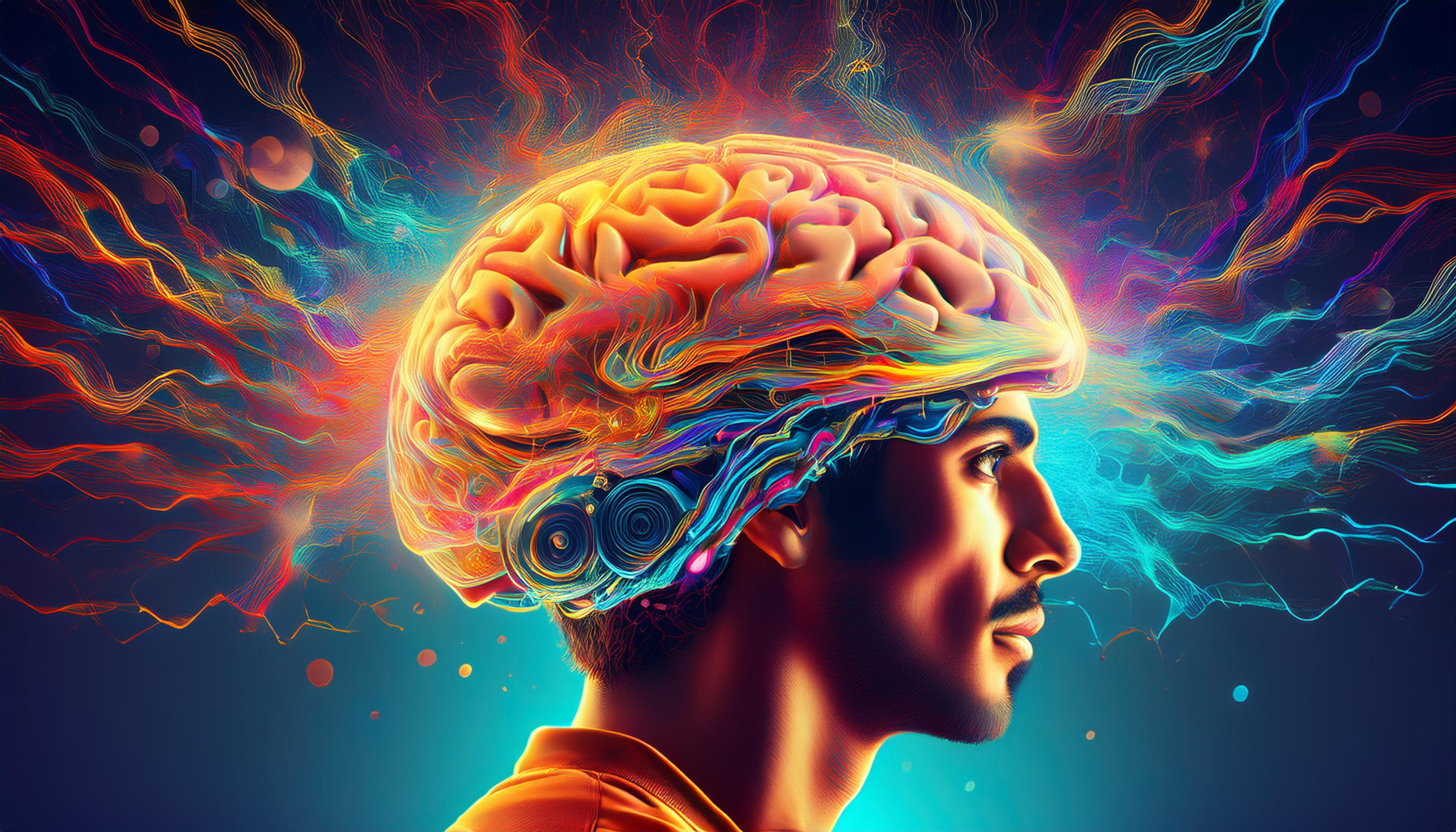
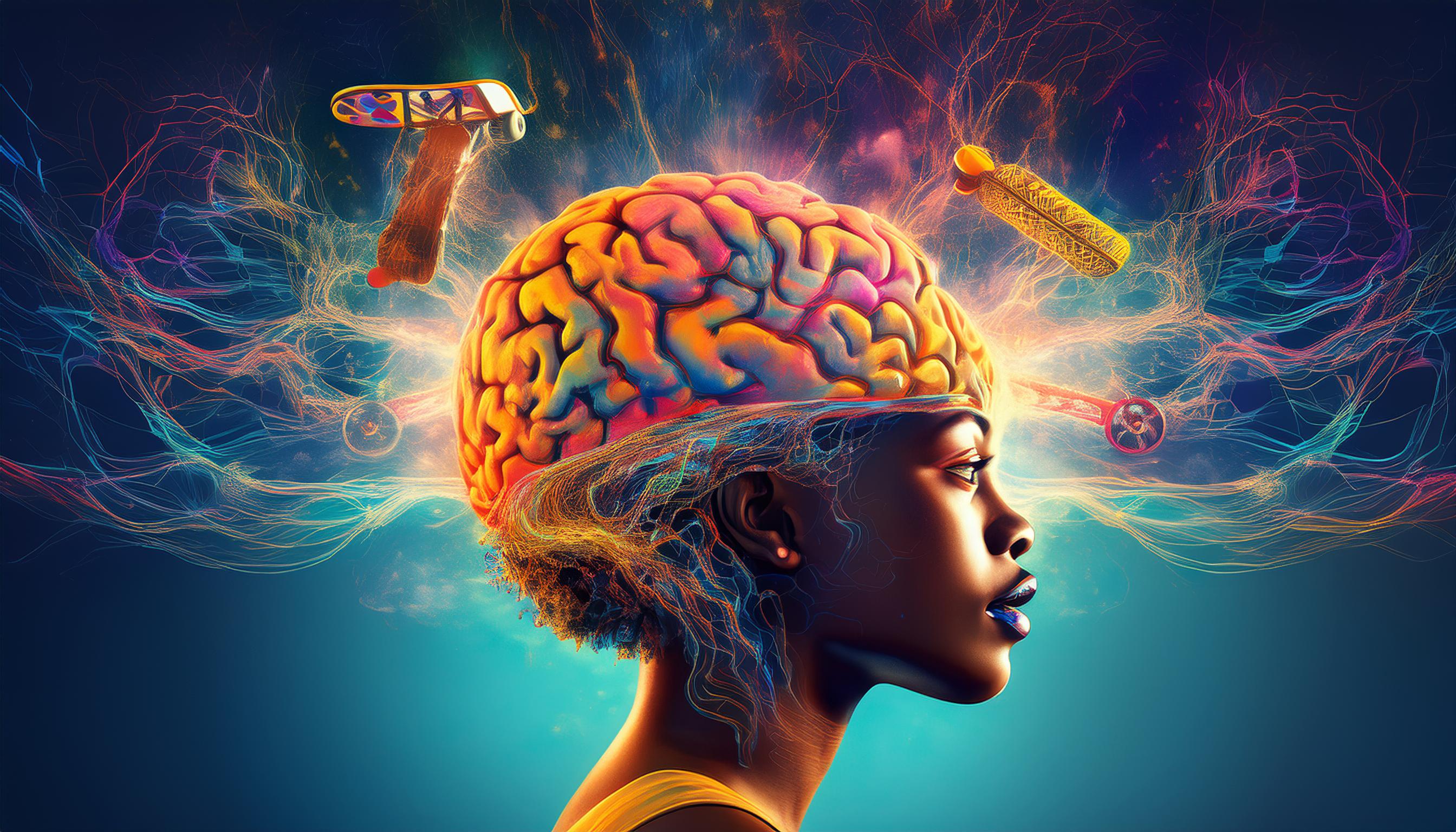
In the brain, applying past knowledge to new situations happens through pattern recognition and neuroplasticity. When we face a new challenge, our brain taps into memories and experiences that are similar to what we’ve encountered before. It then adapts that knowledge to fit the new situation. For example, if you’ve learned to ride a bike, your brain can apply that knowledge when you try riding a skateboard, because both activities share similar motor skills.